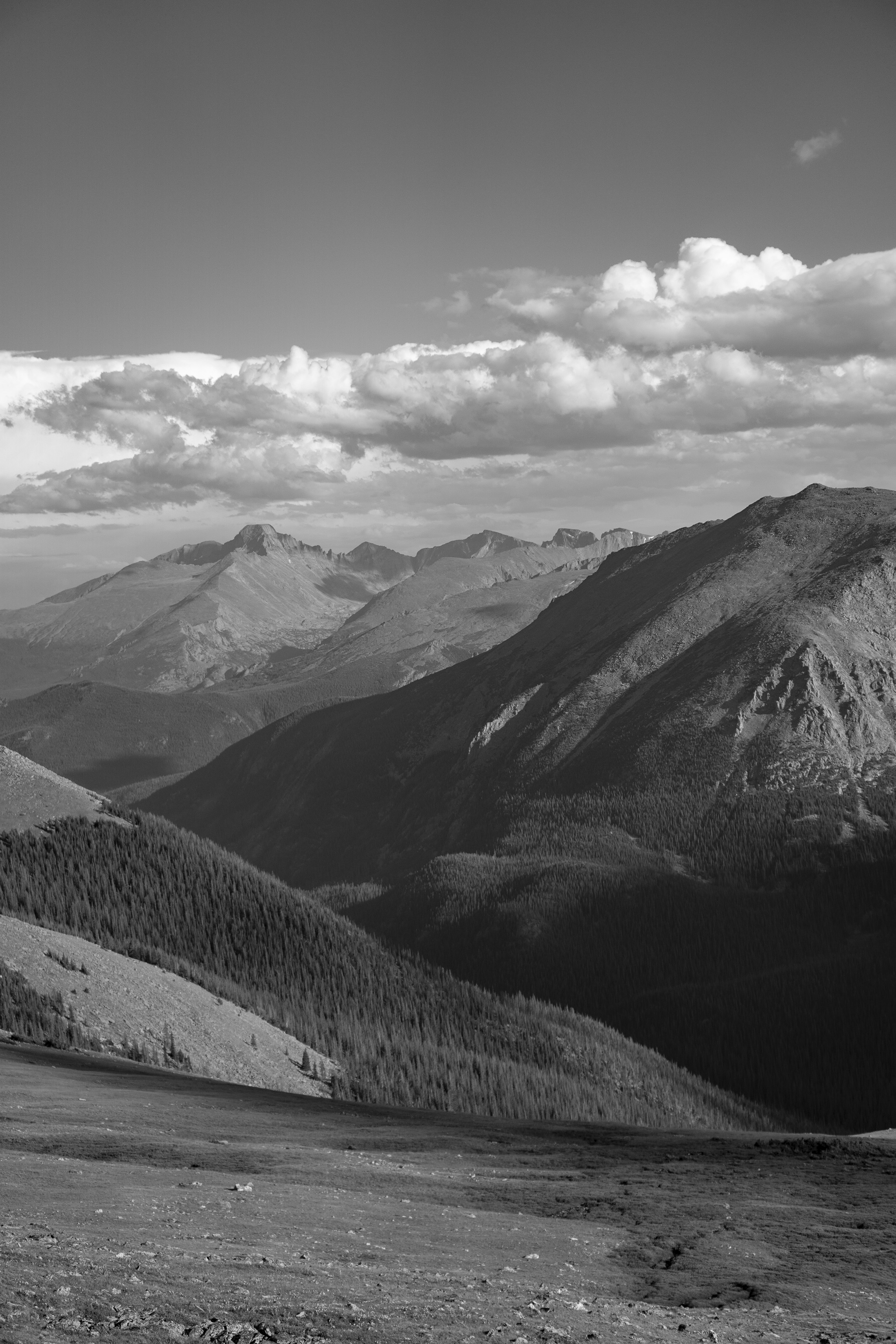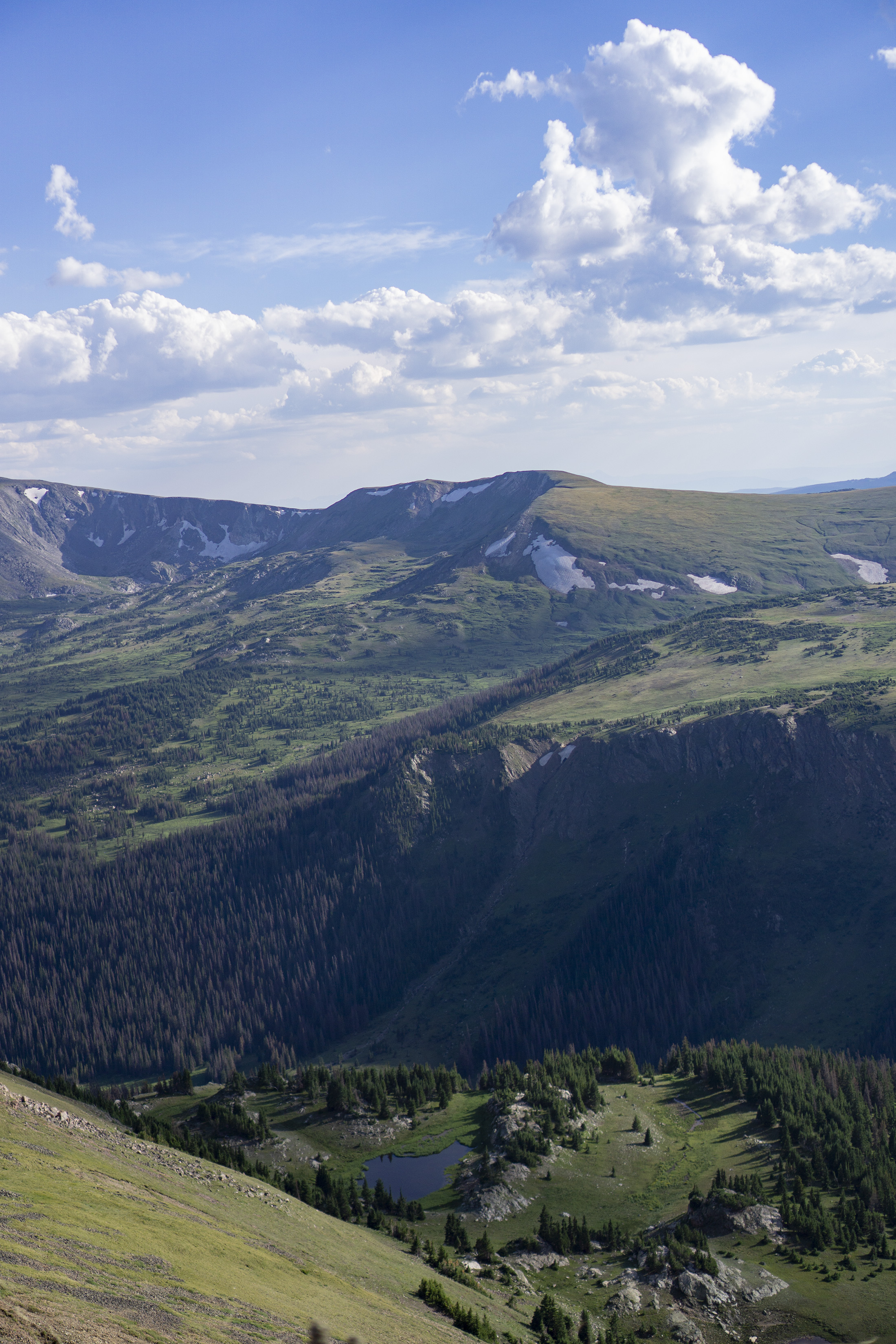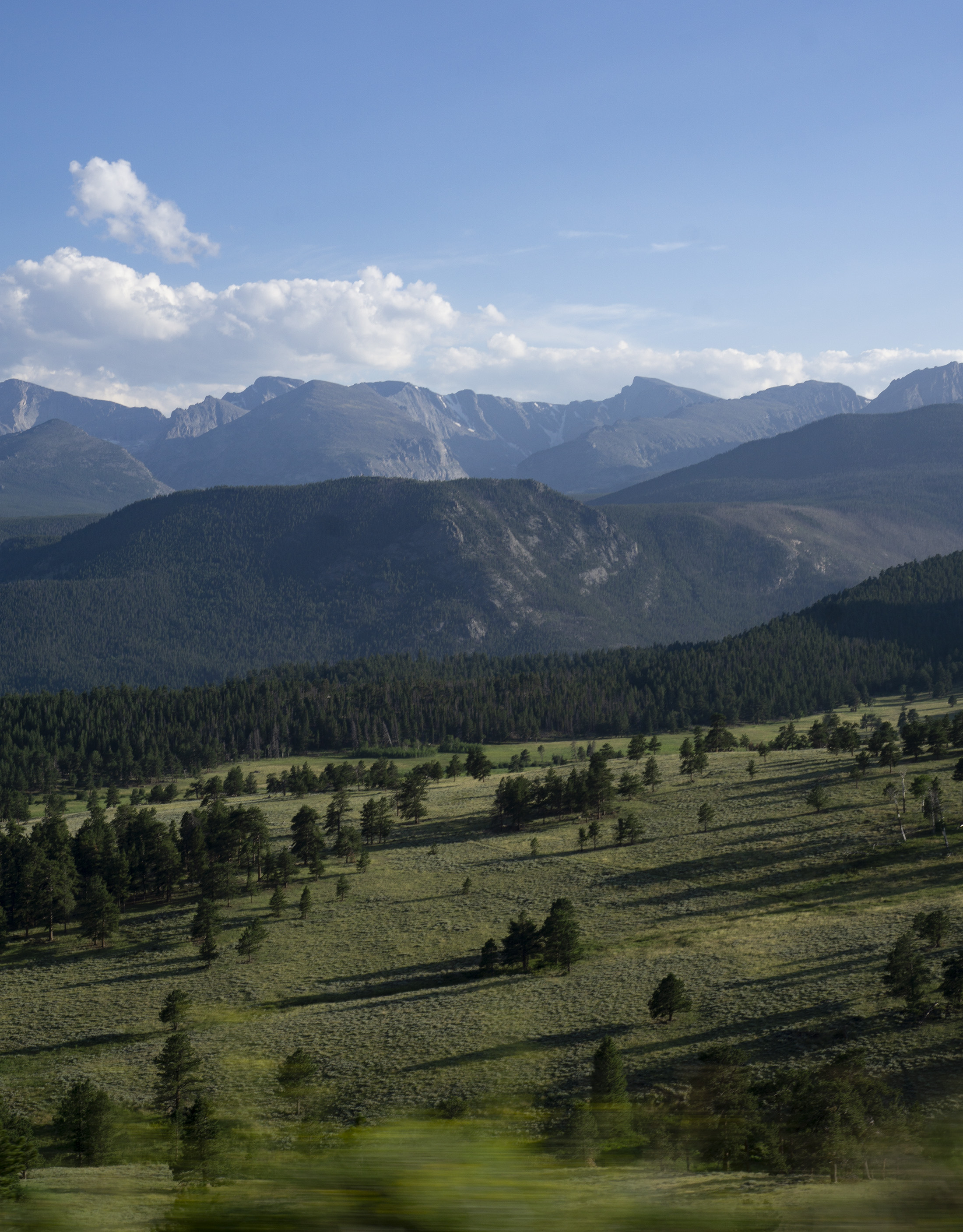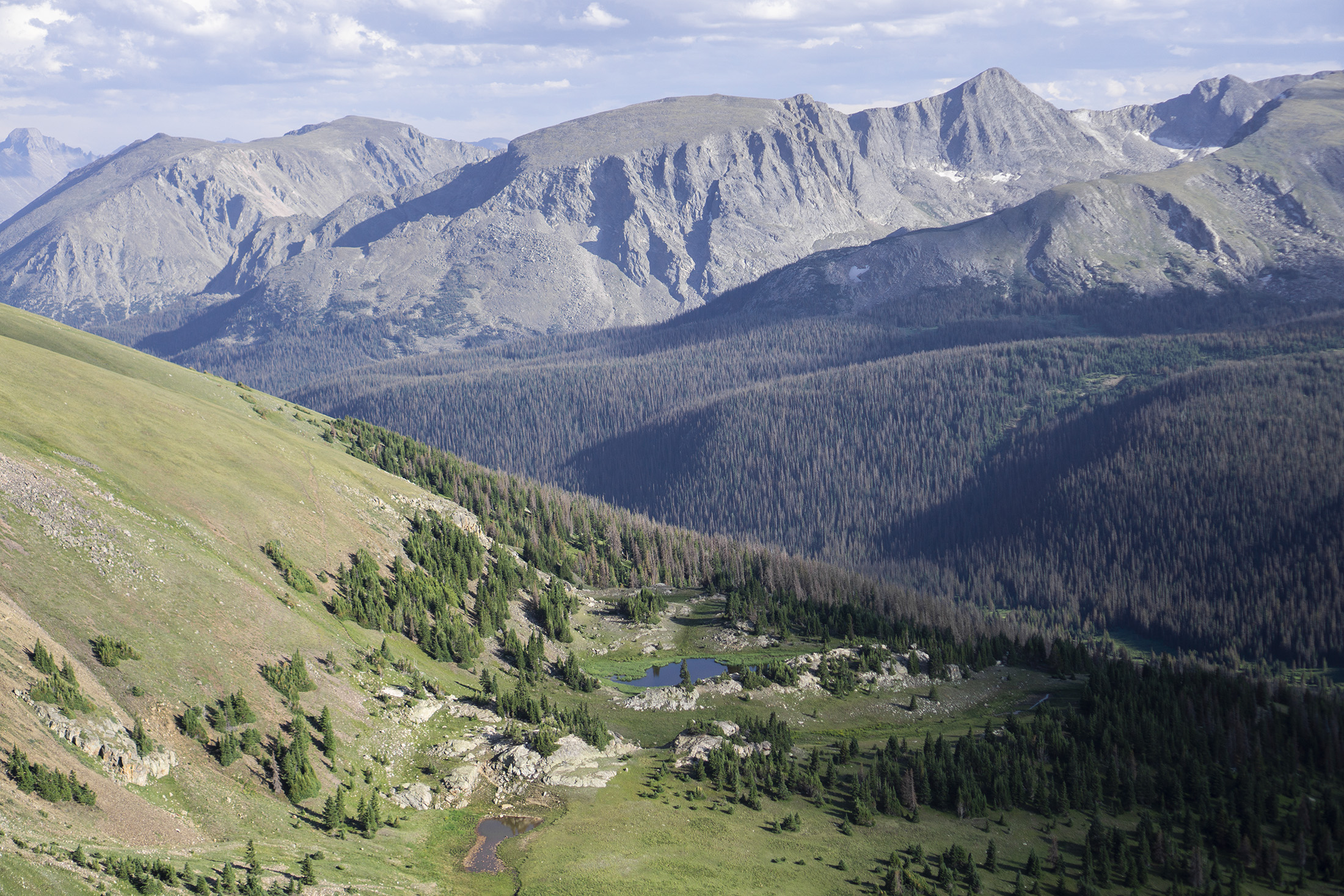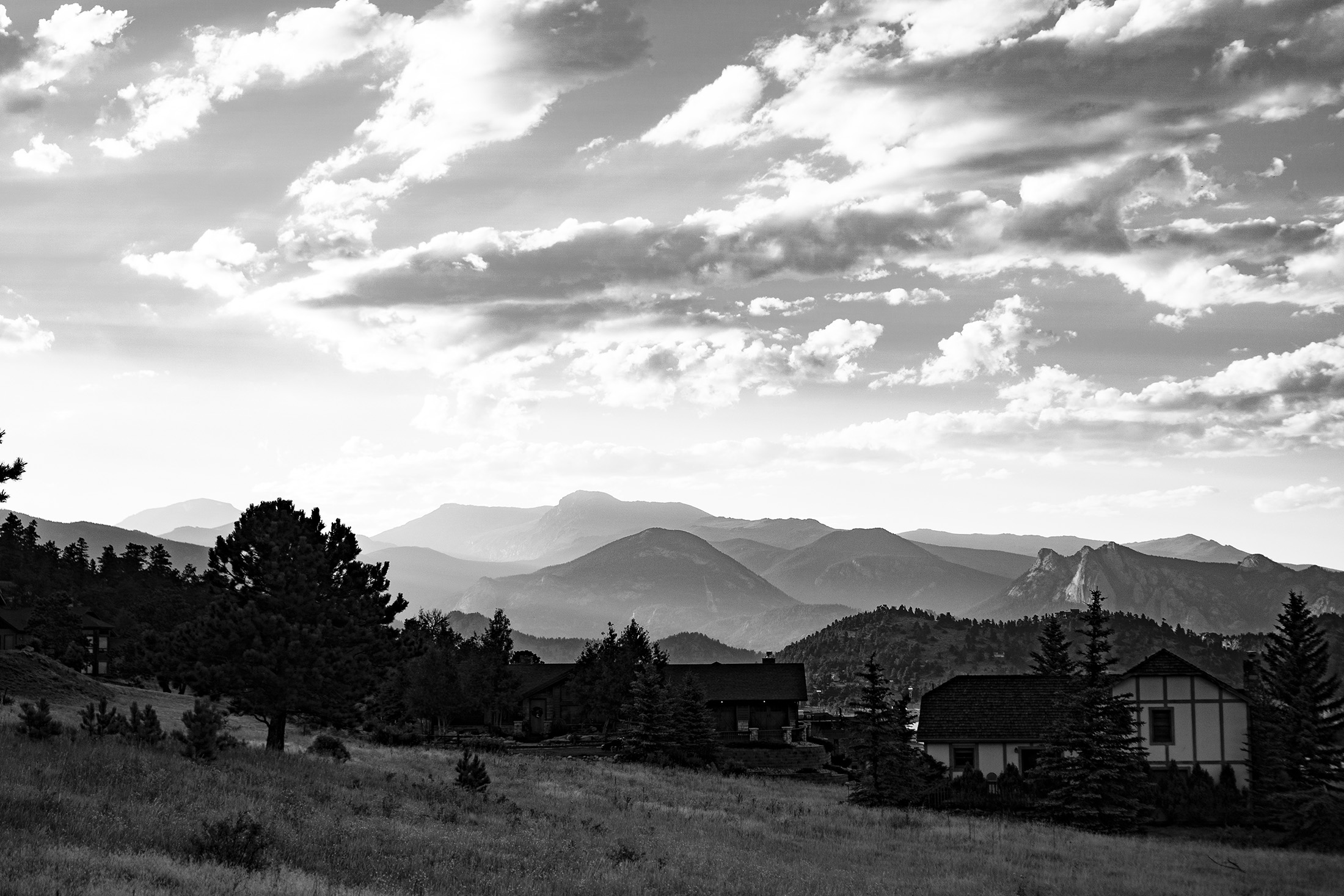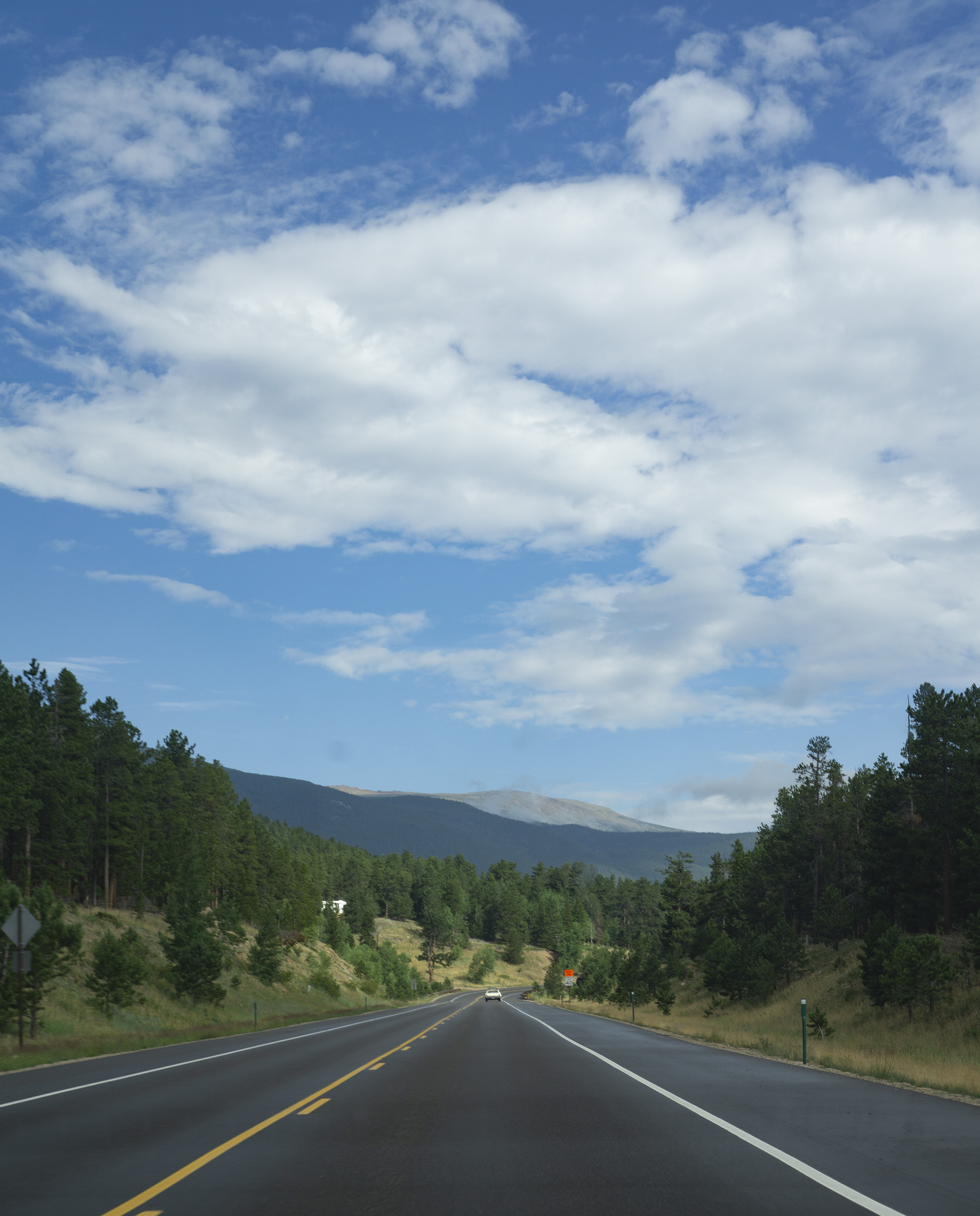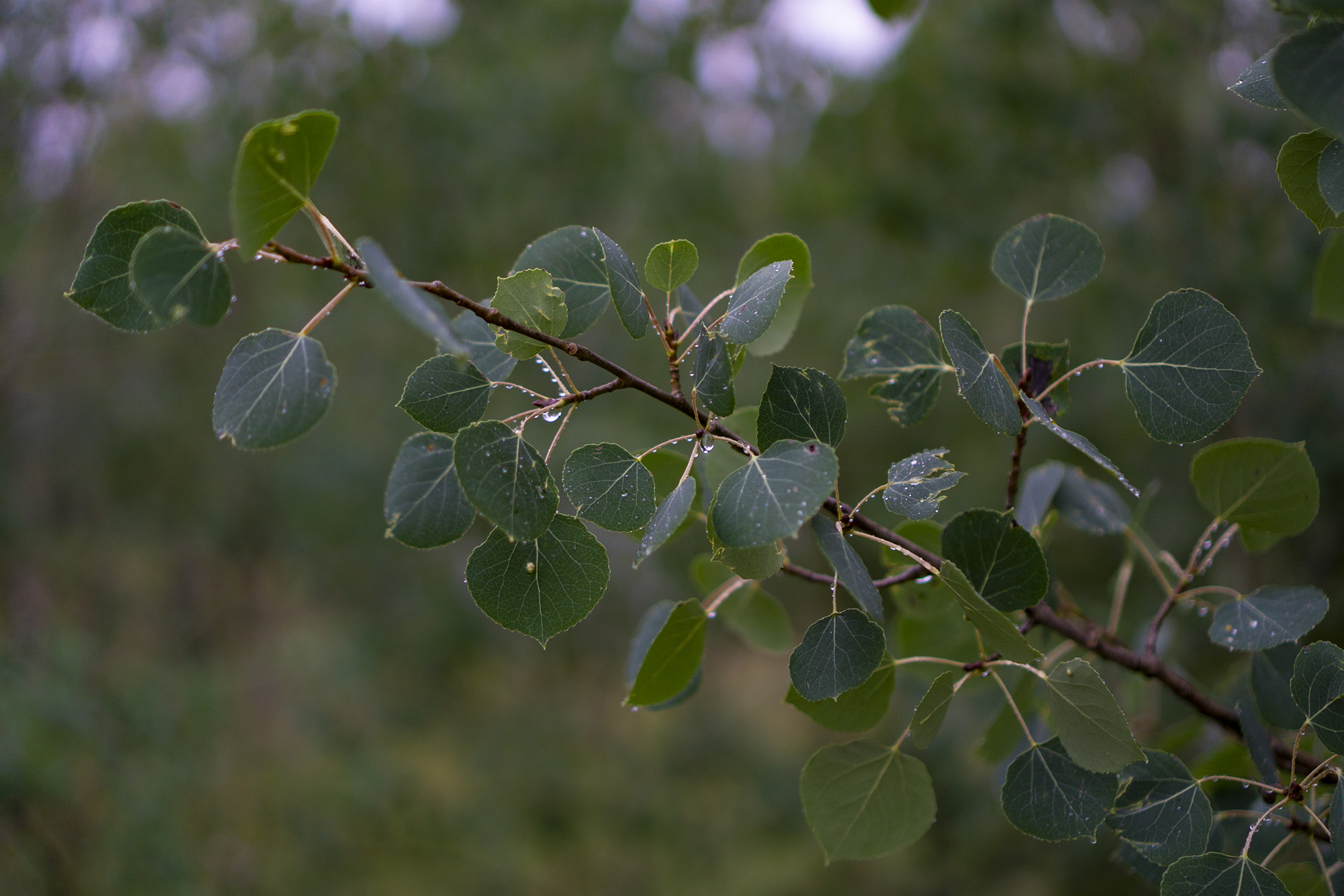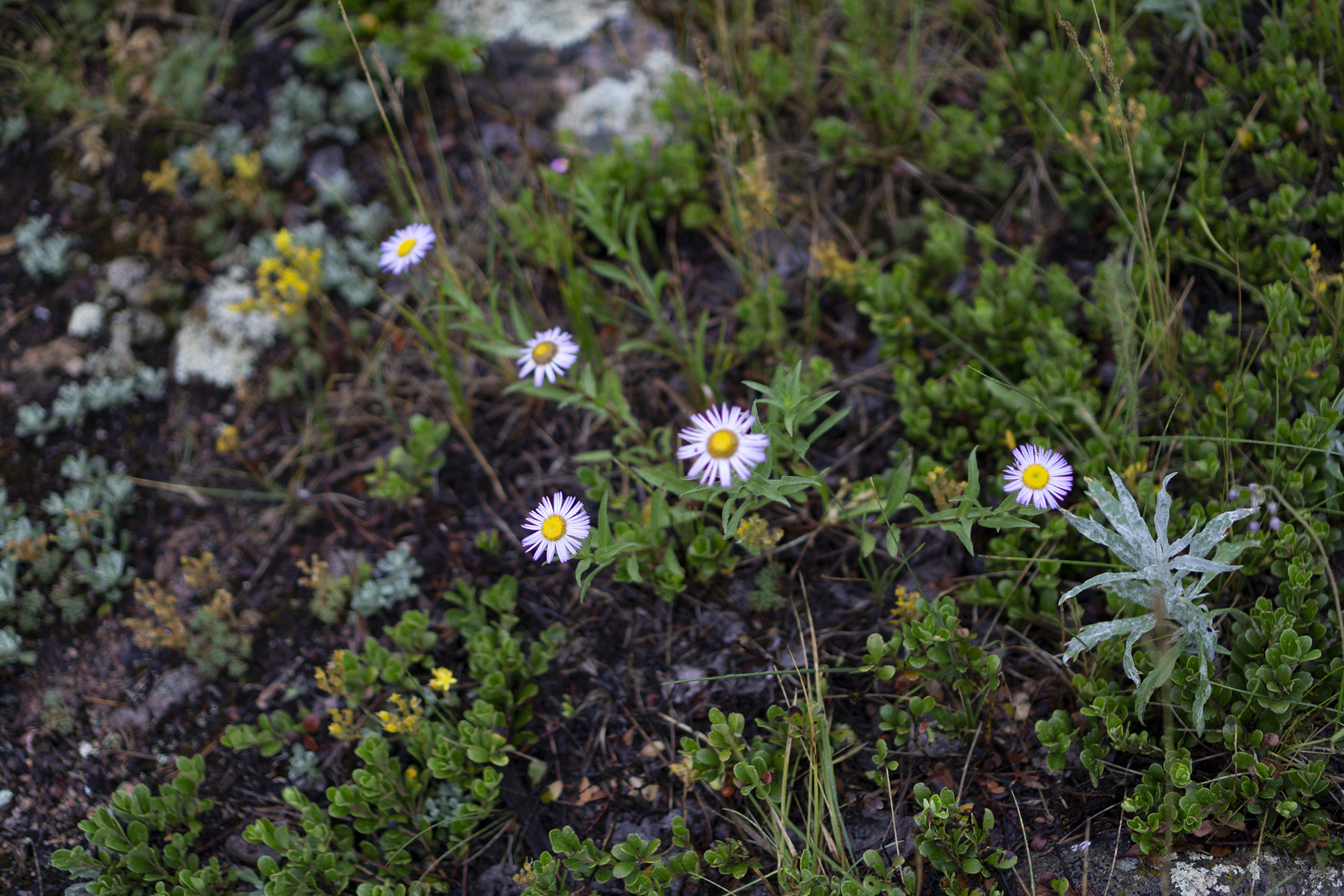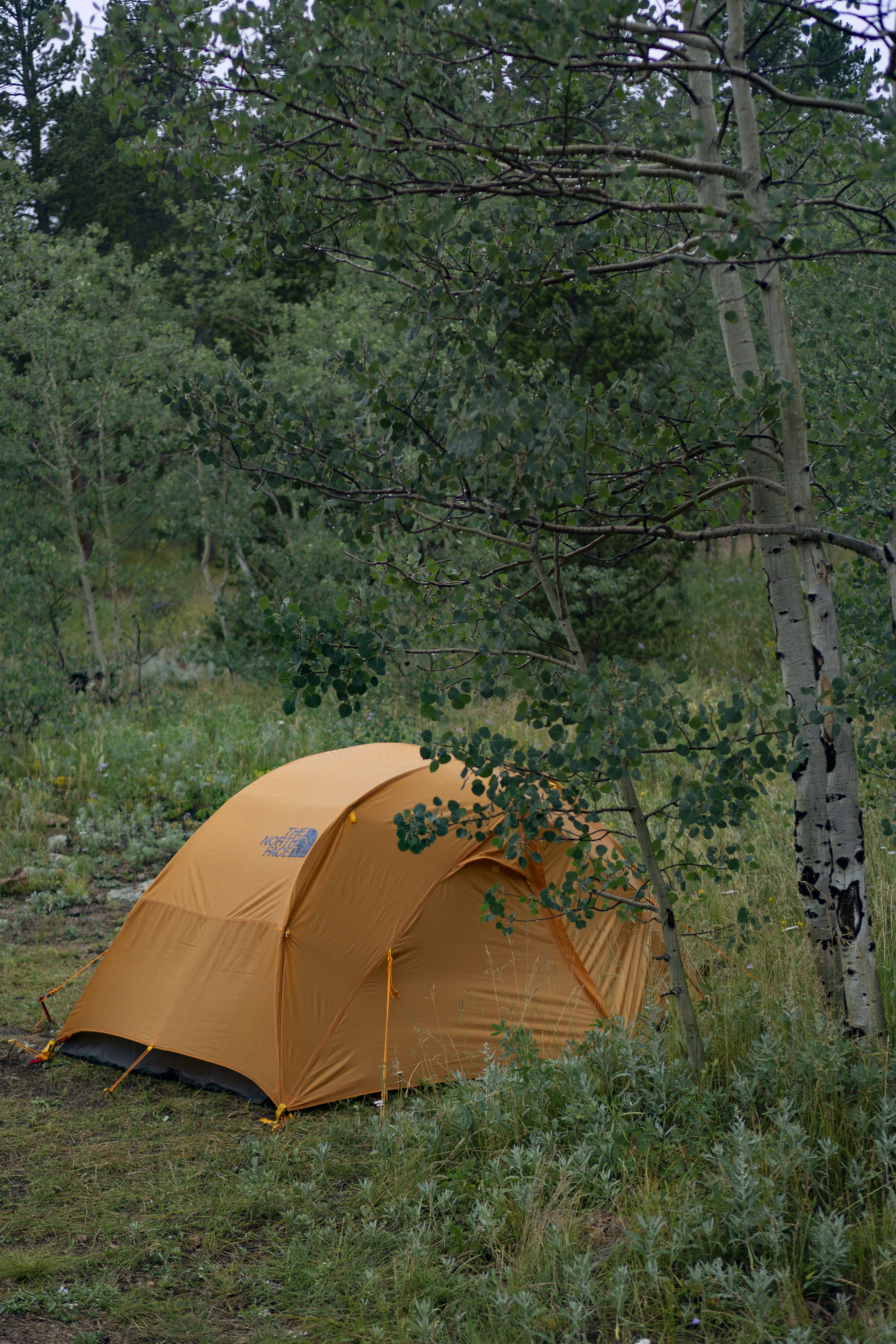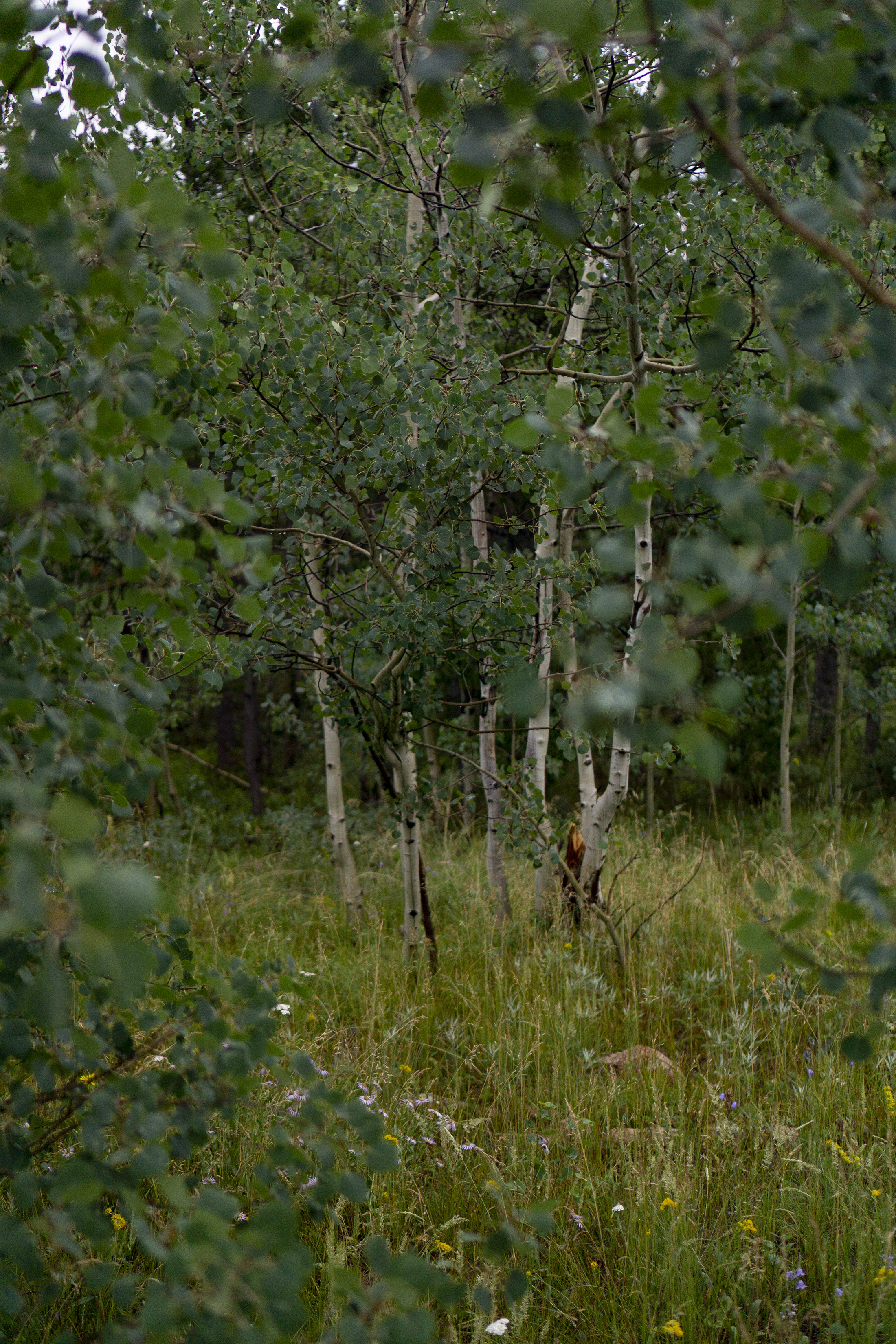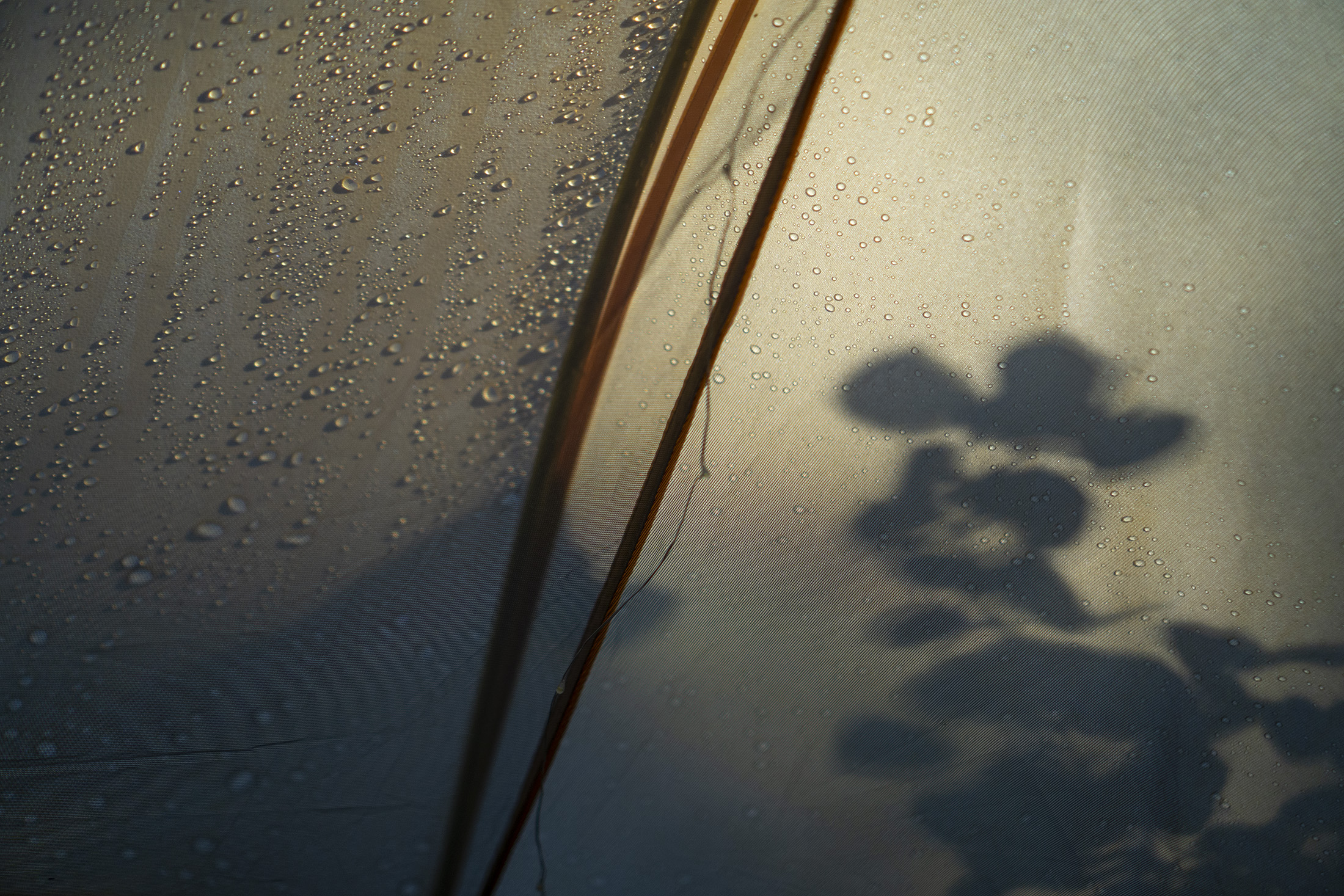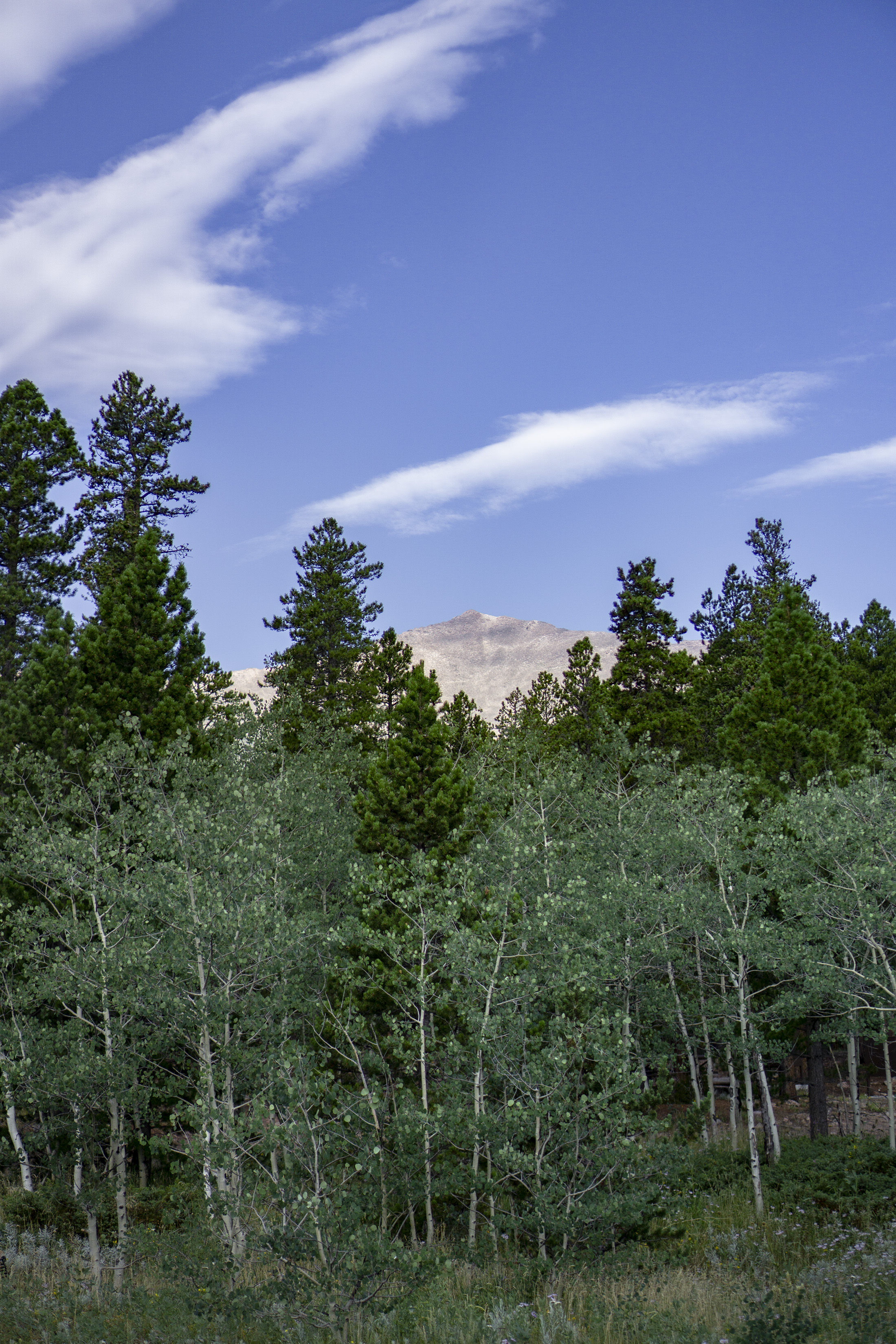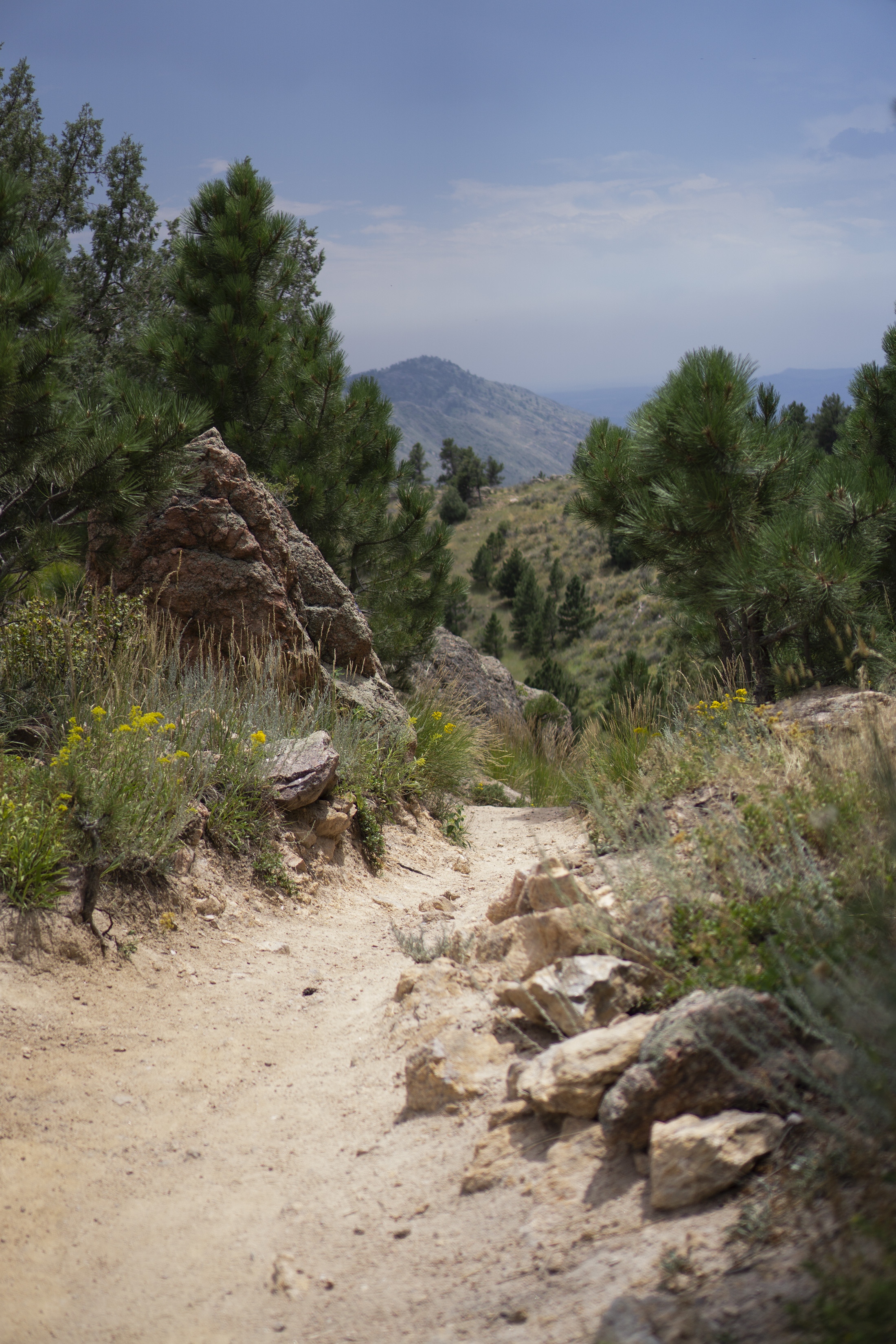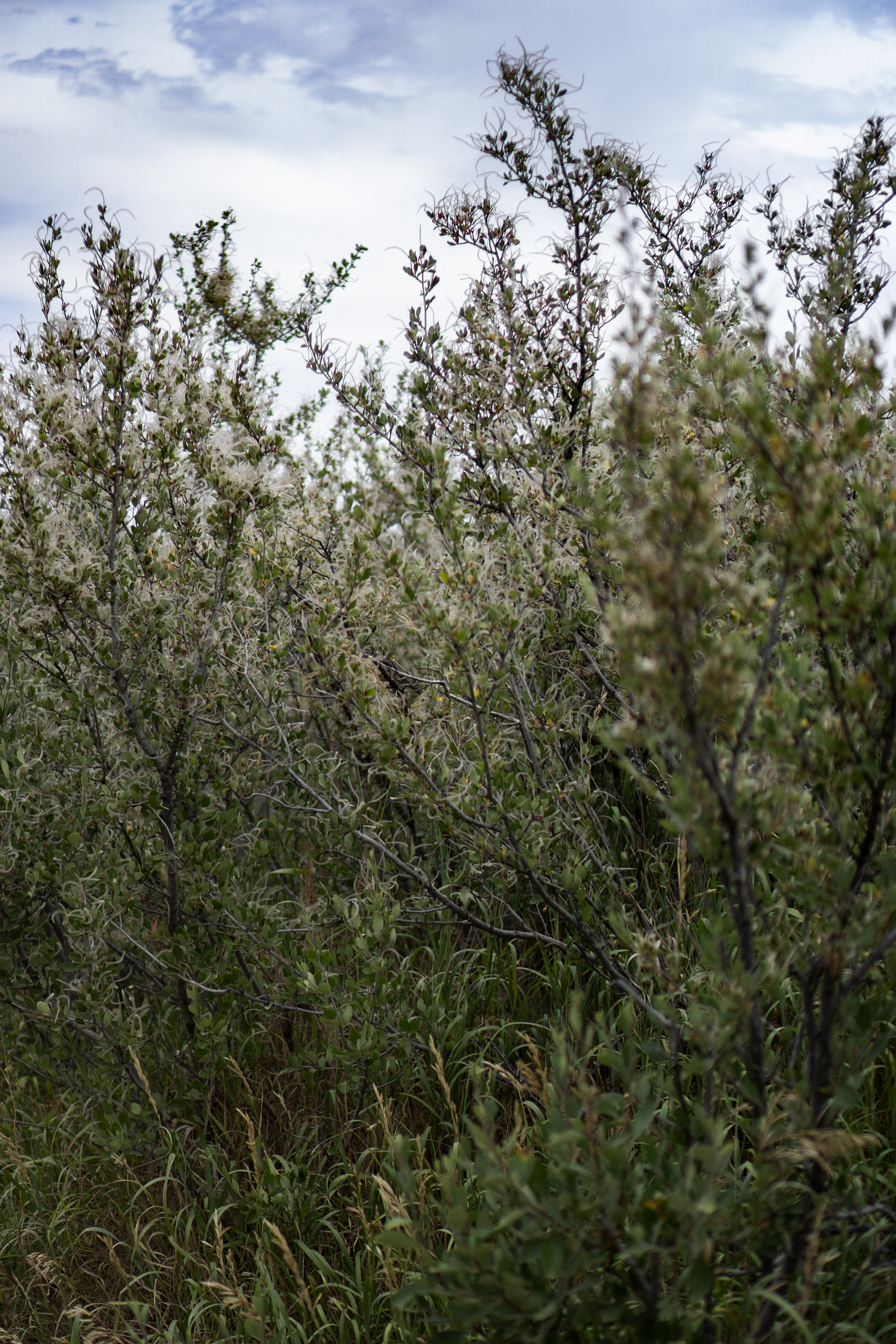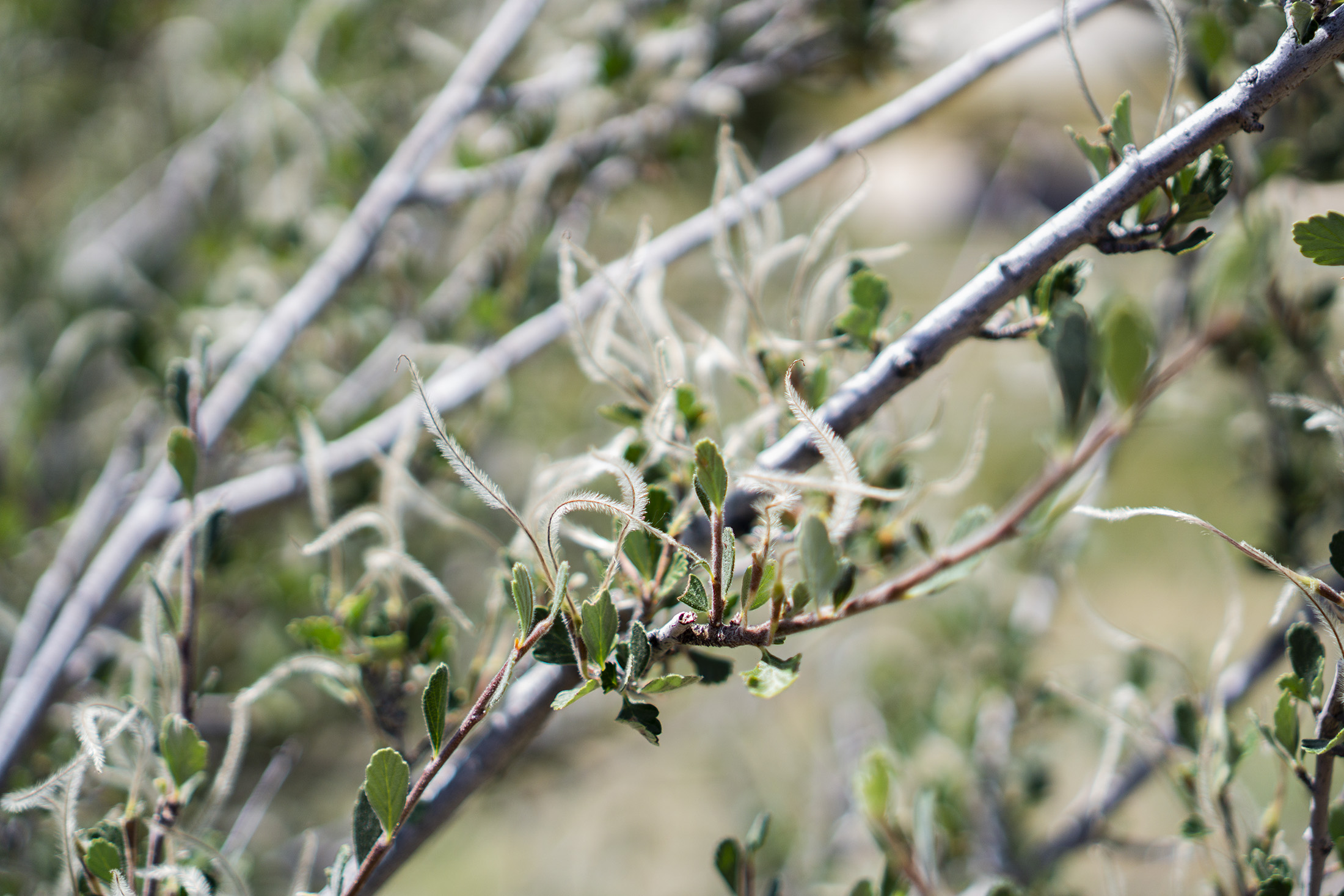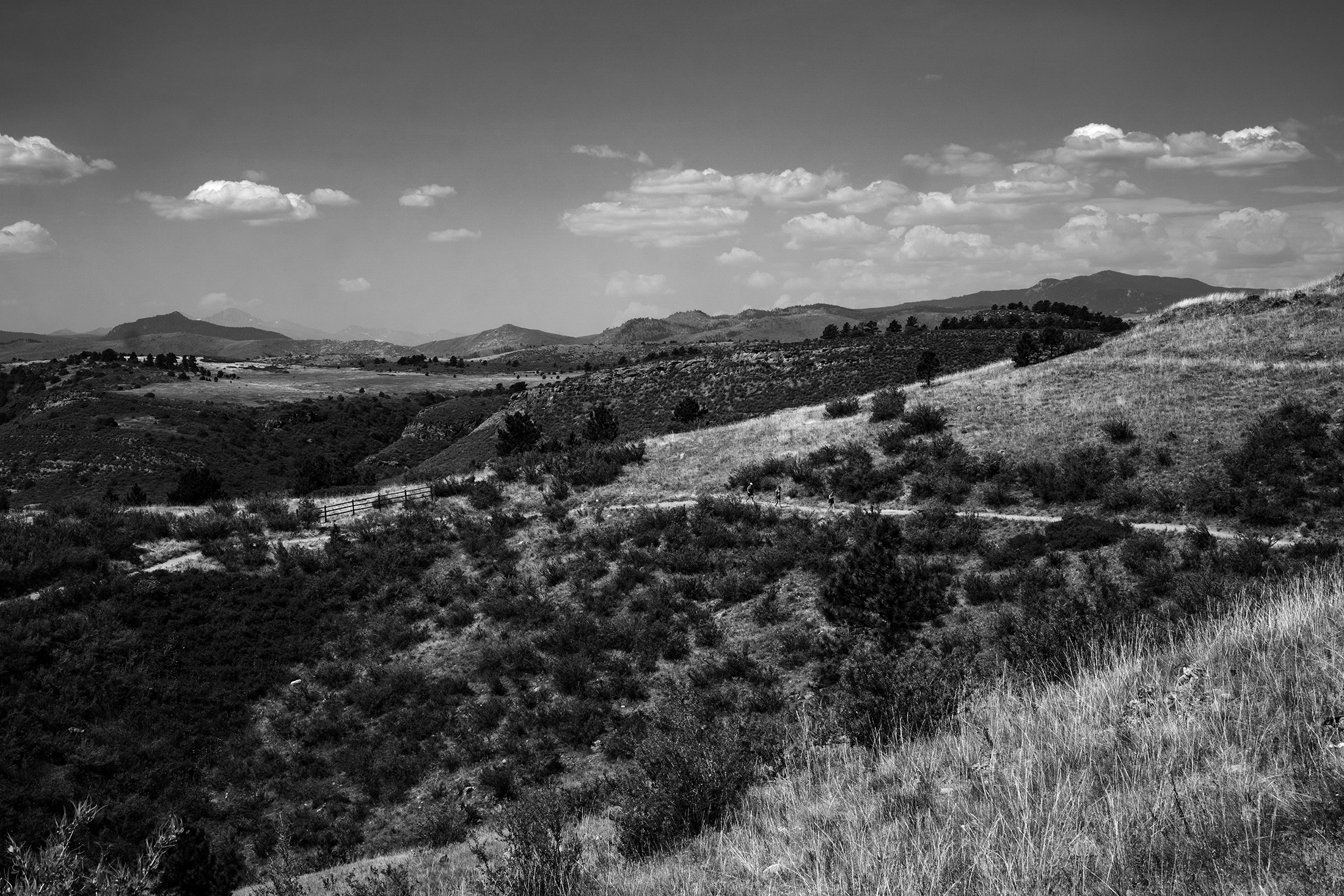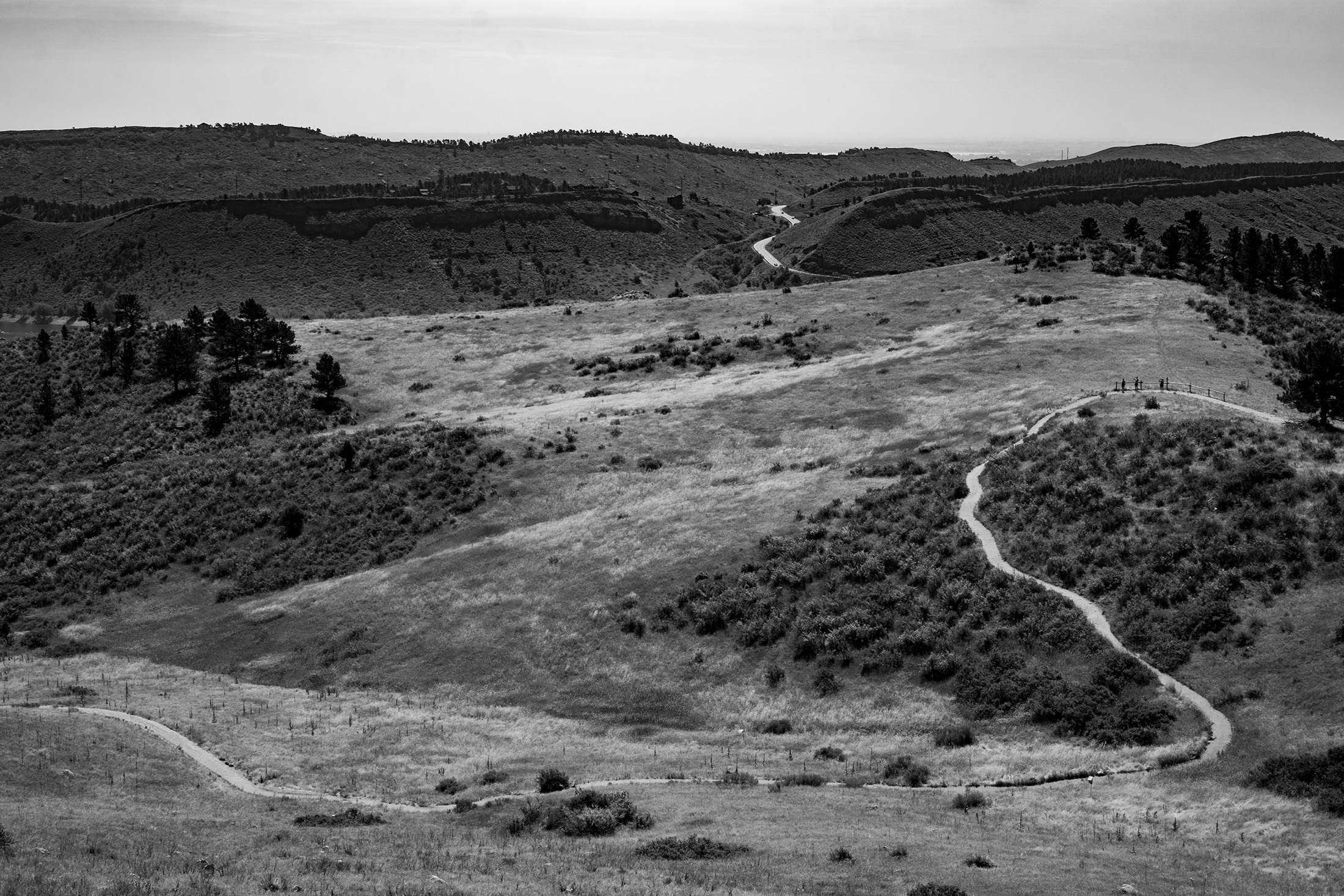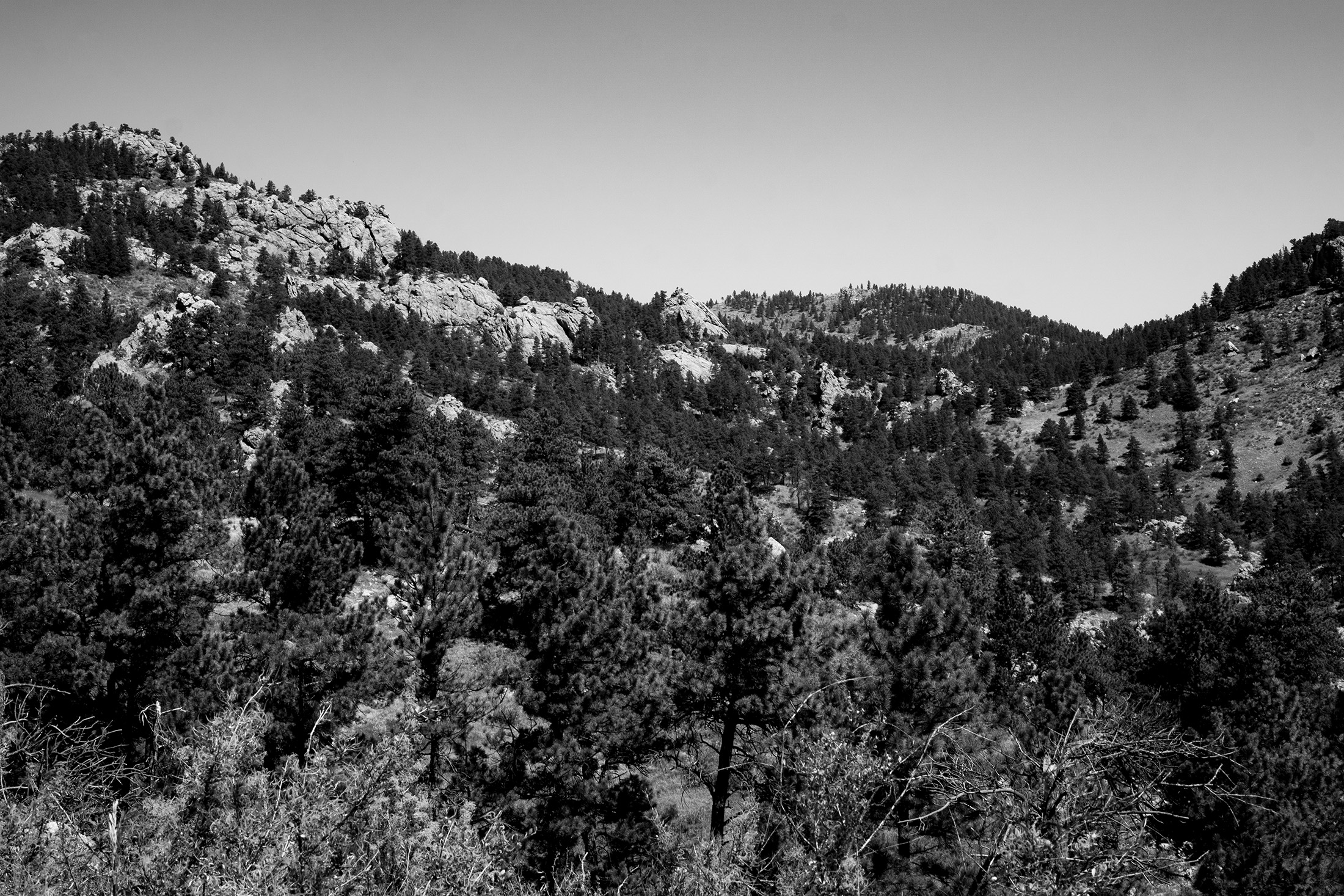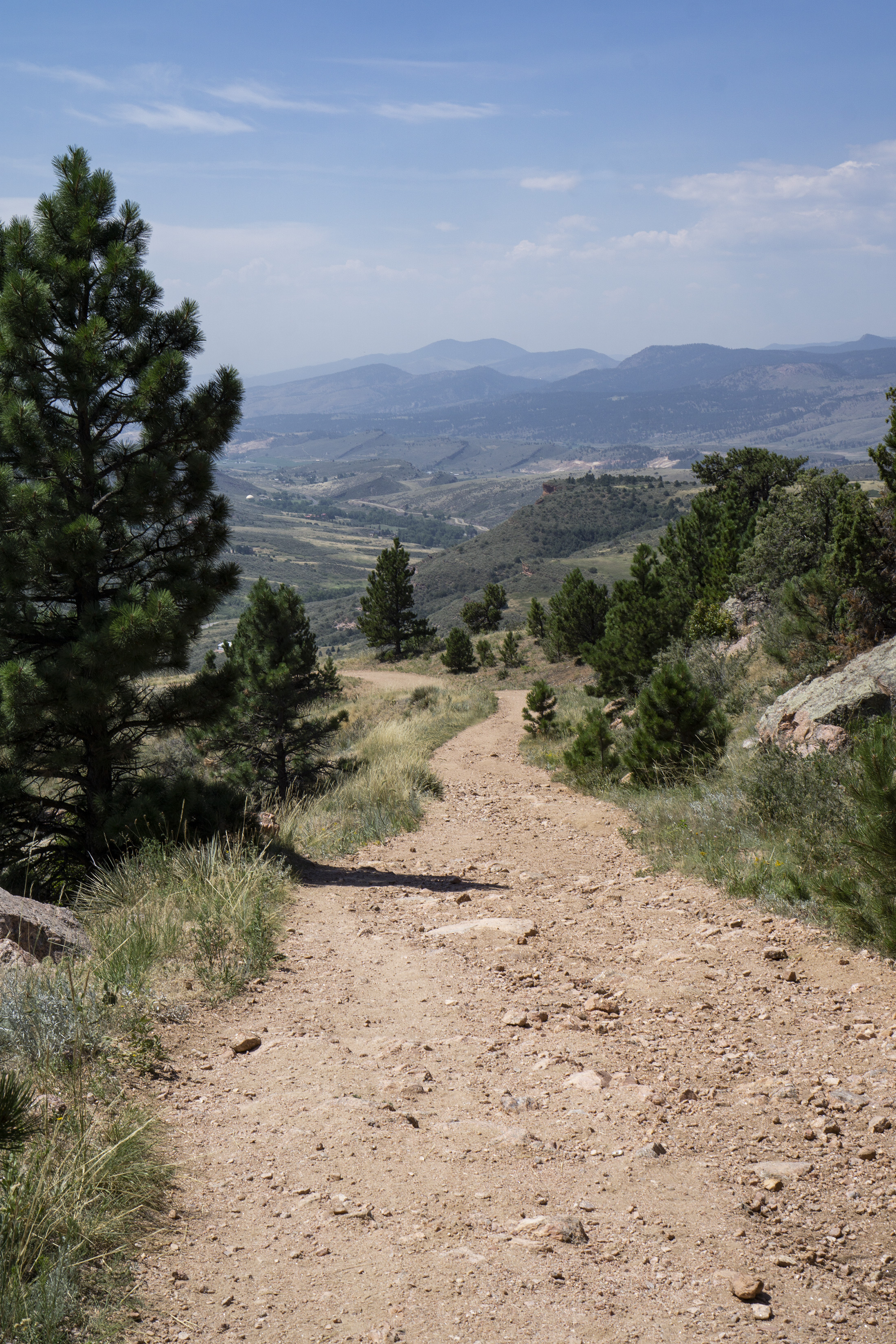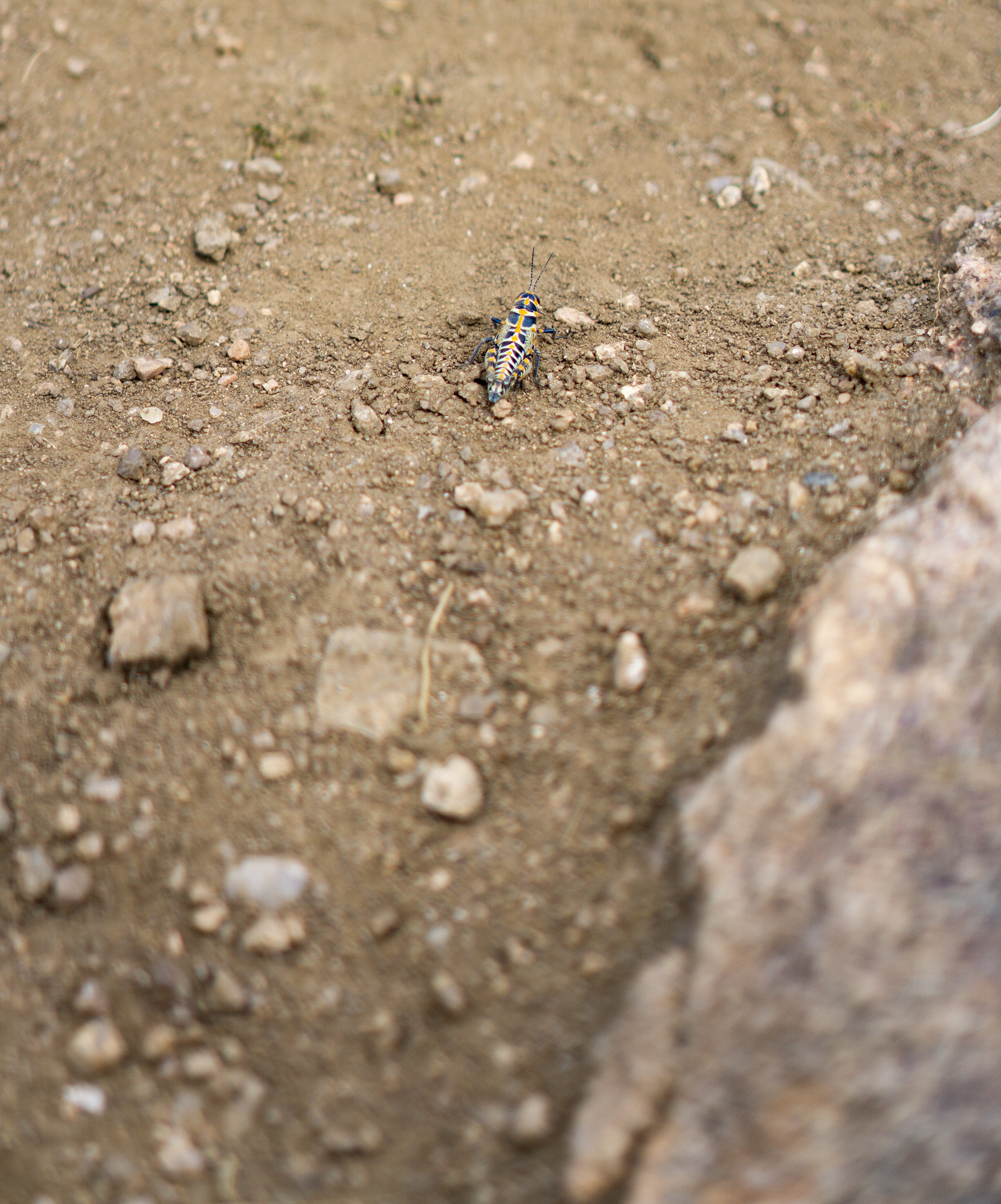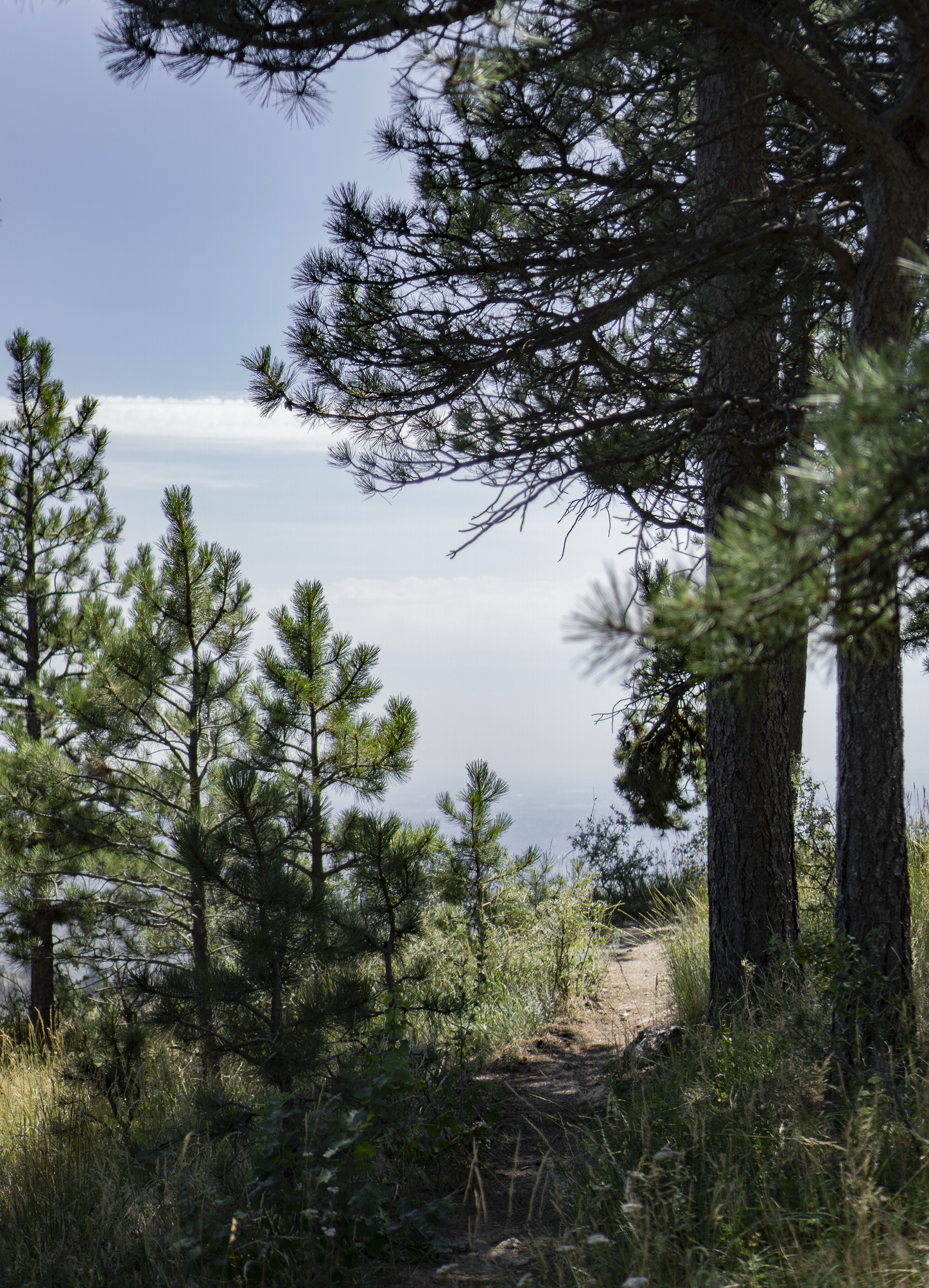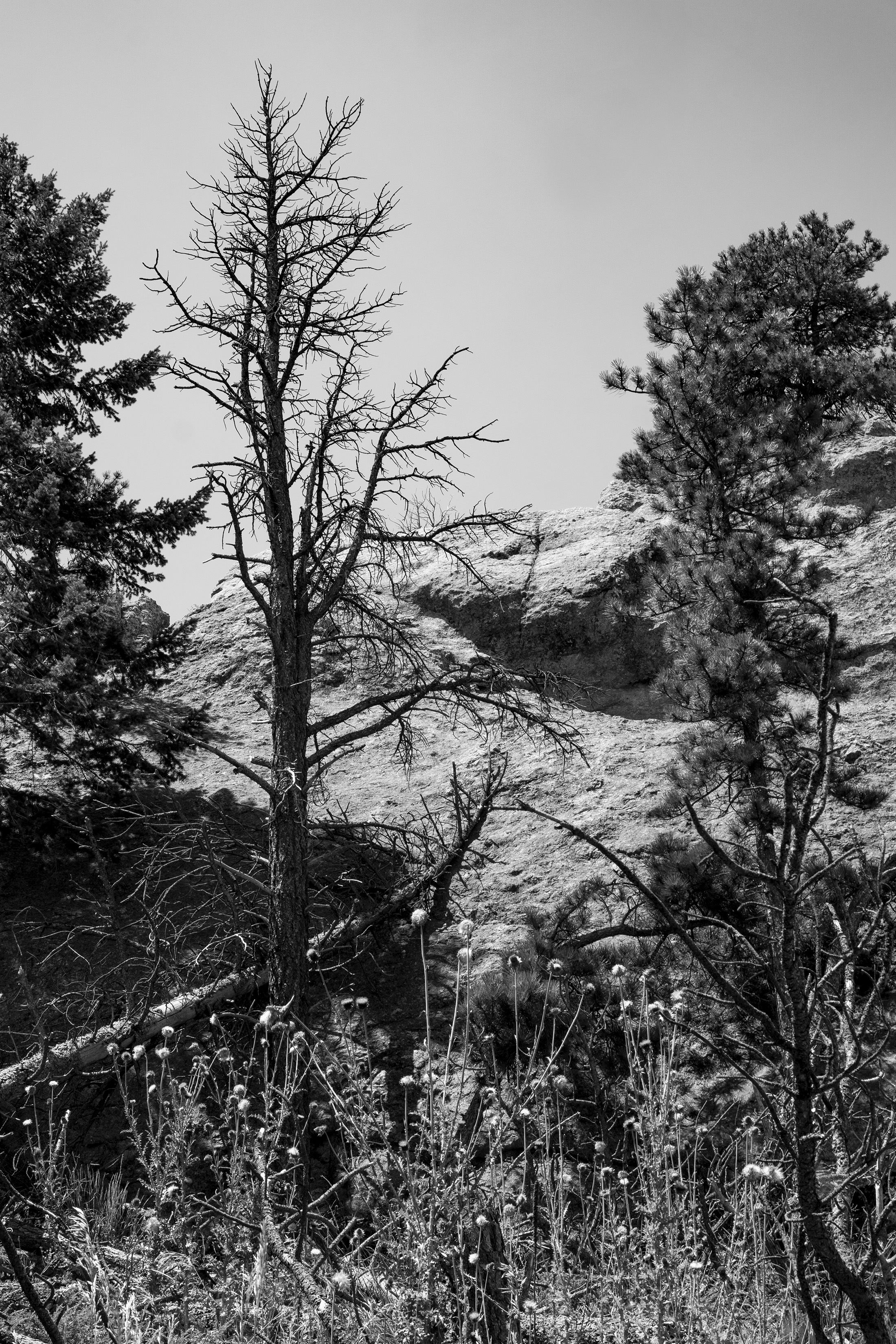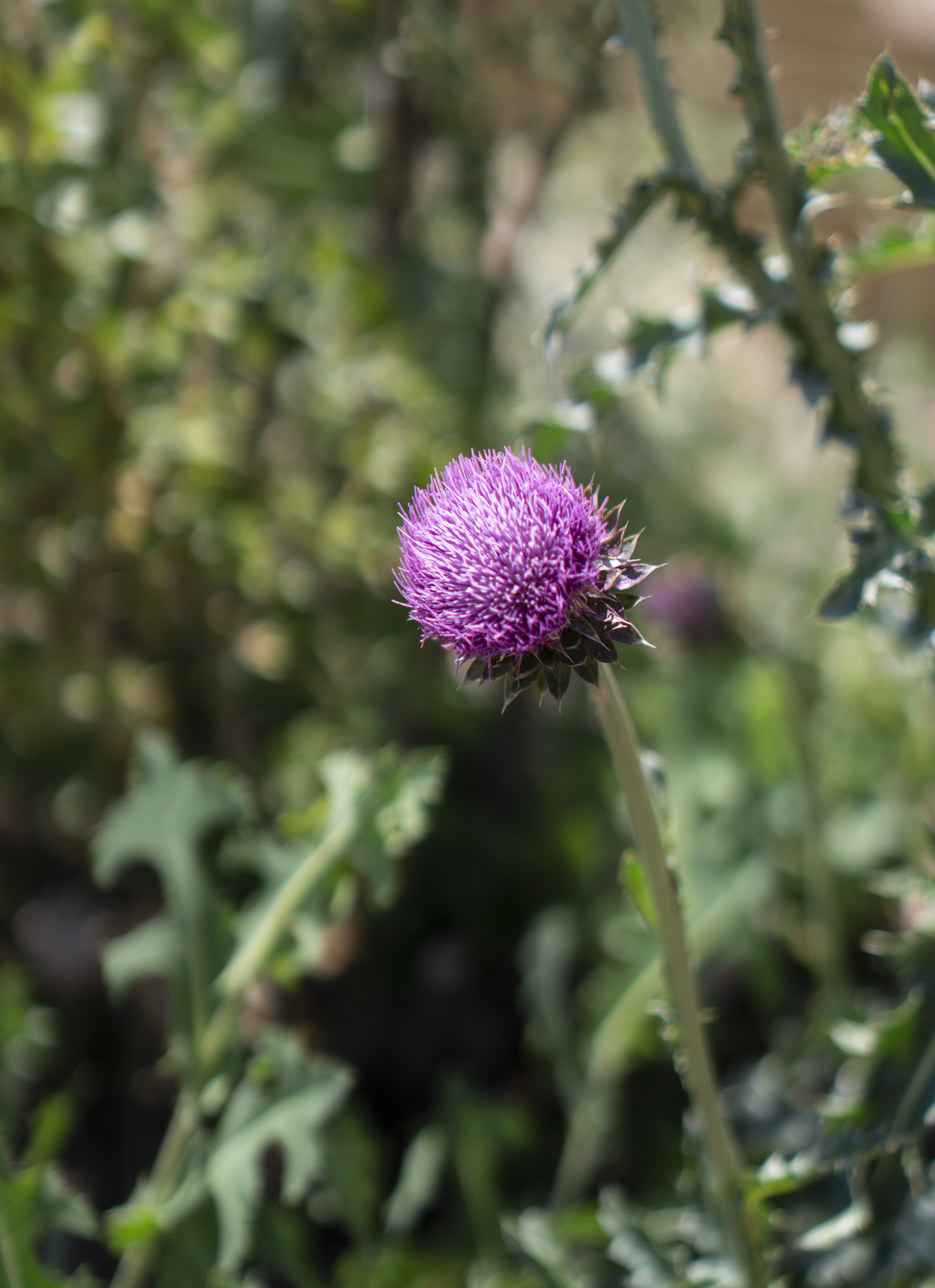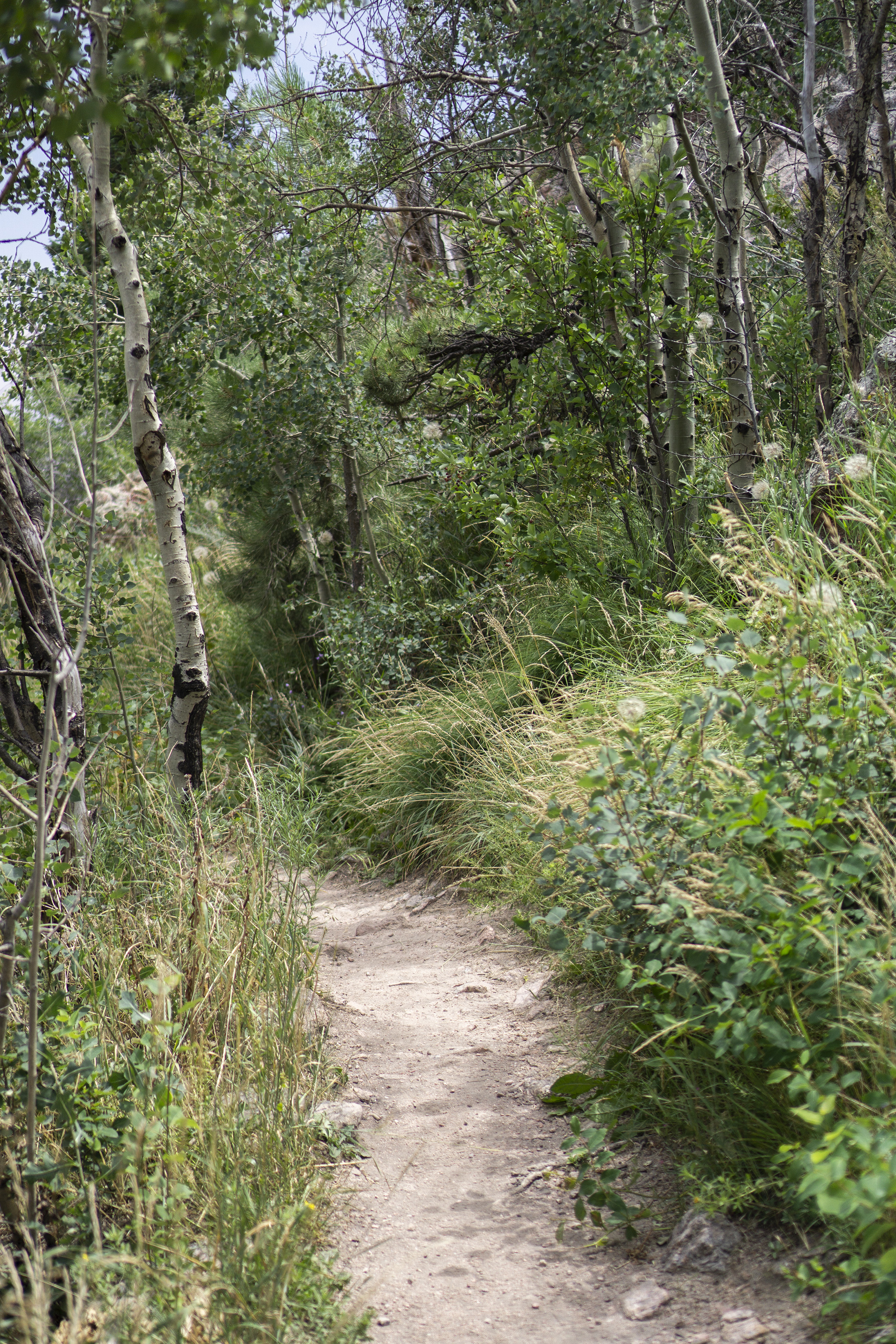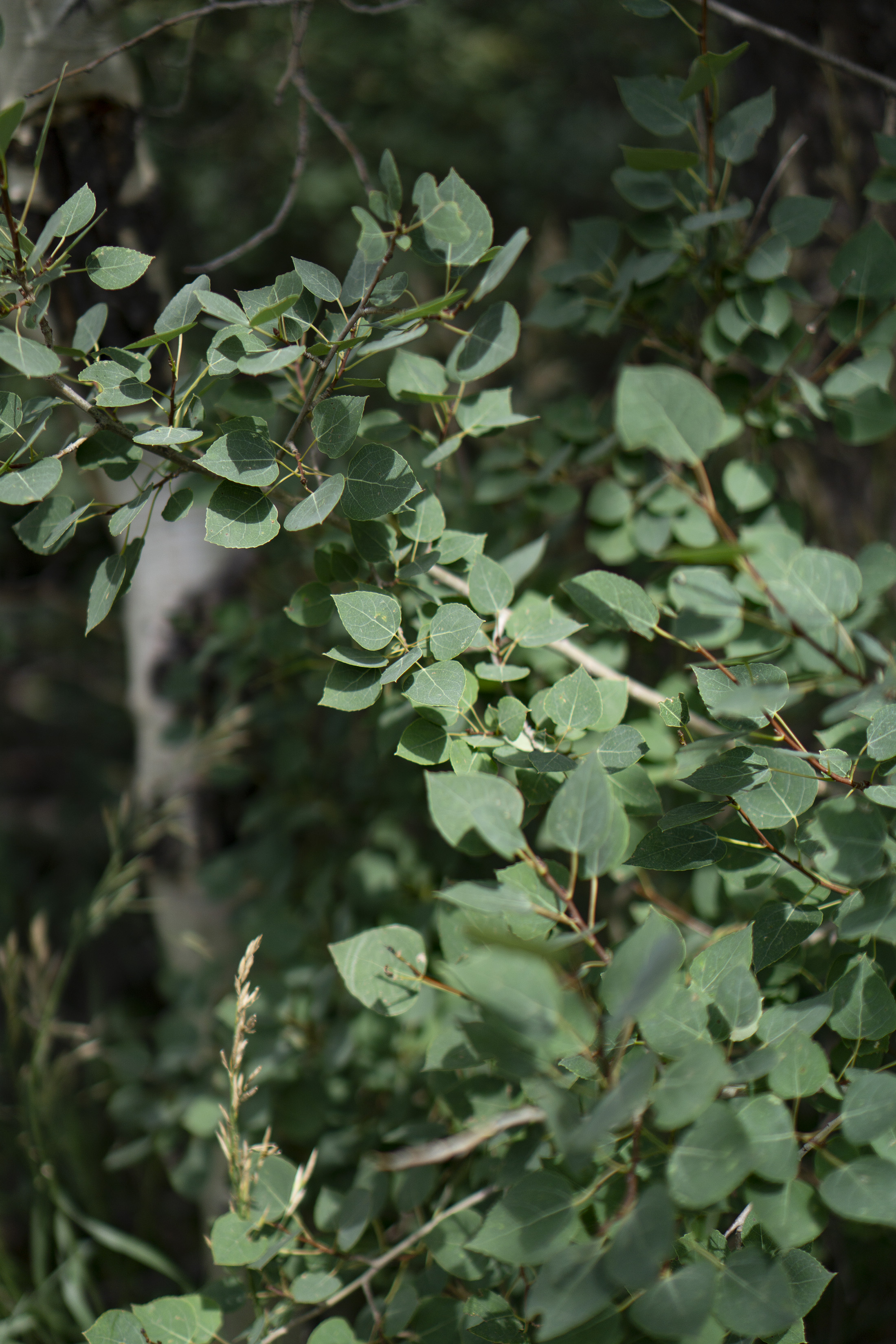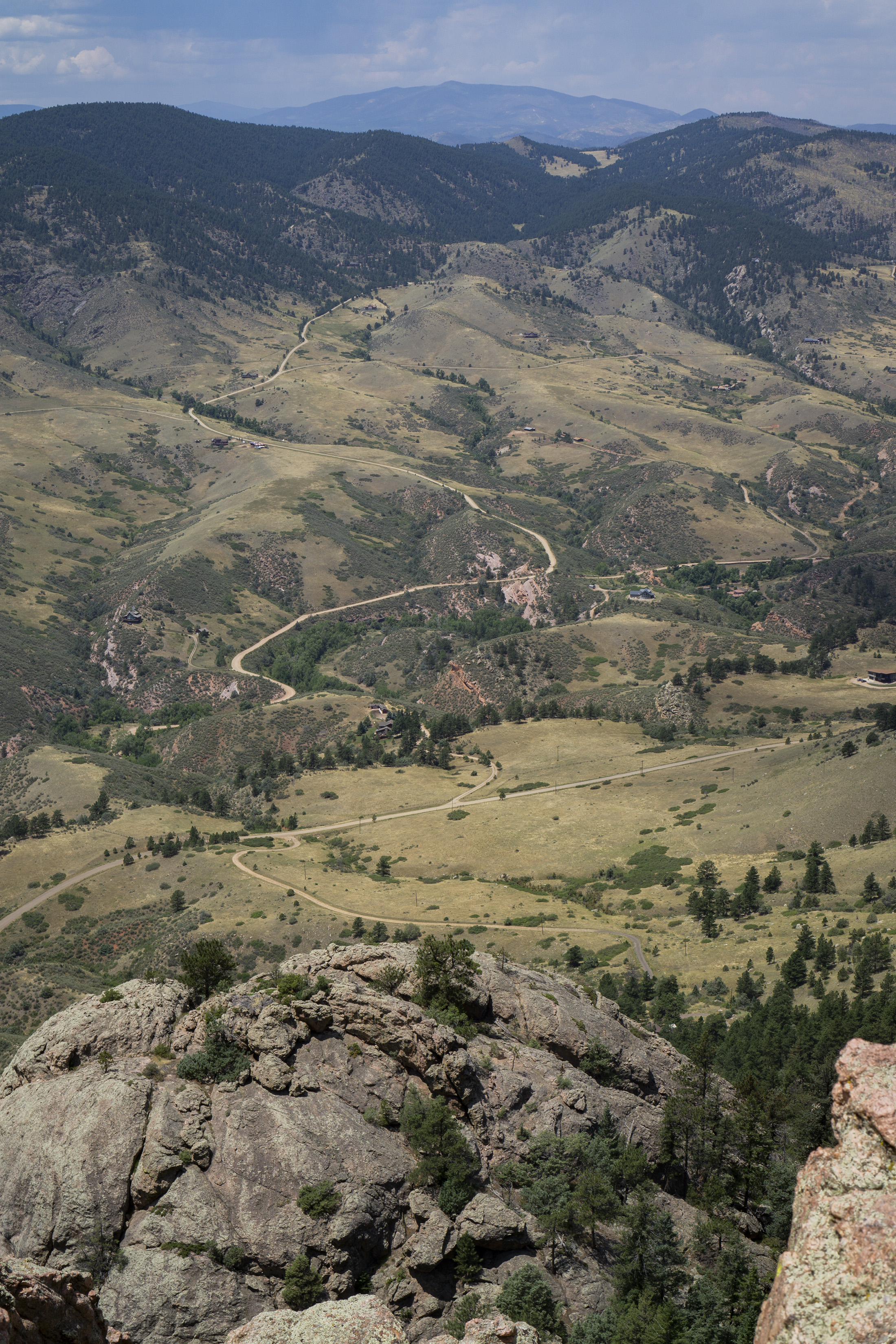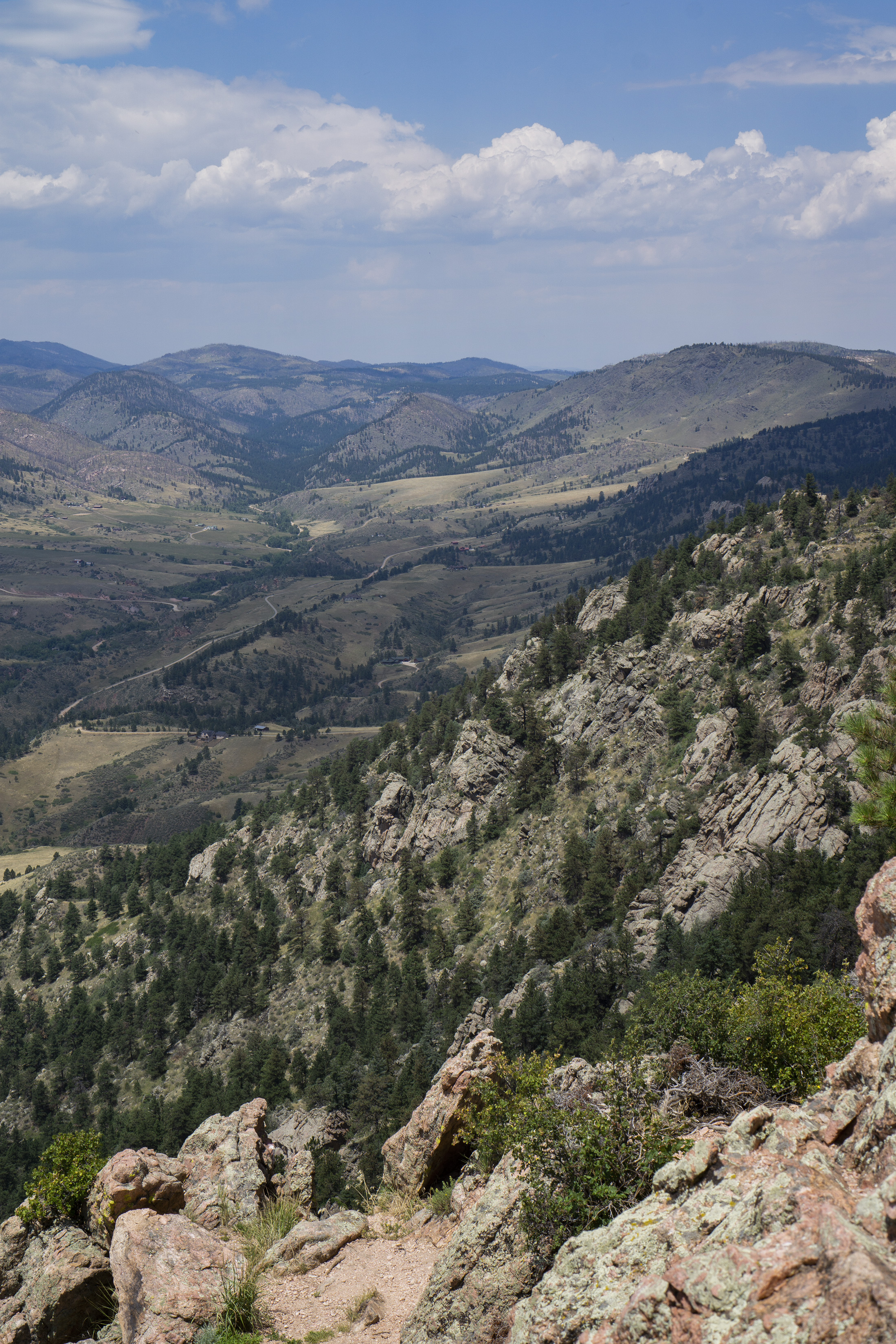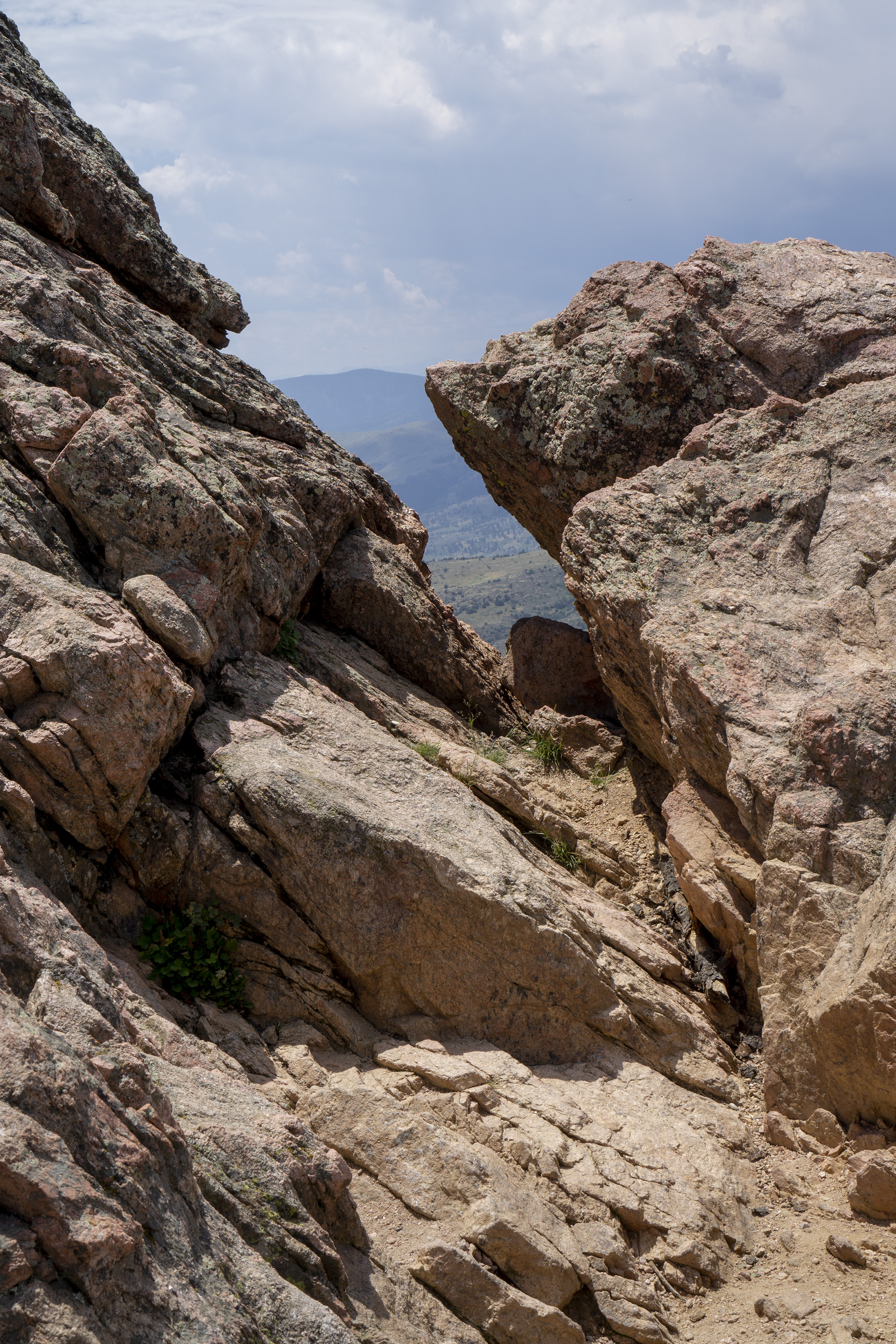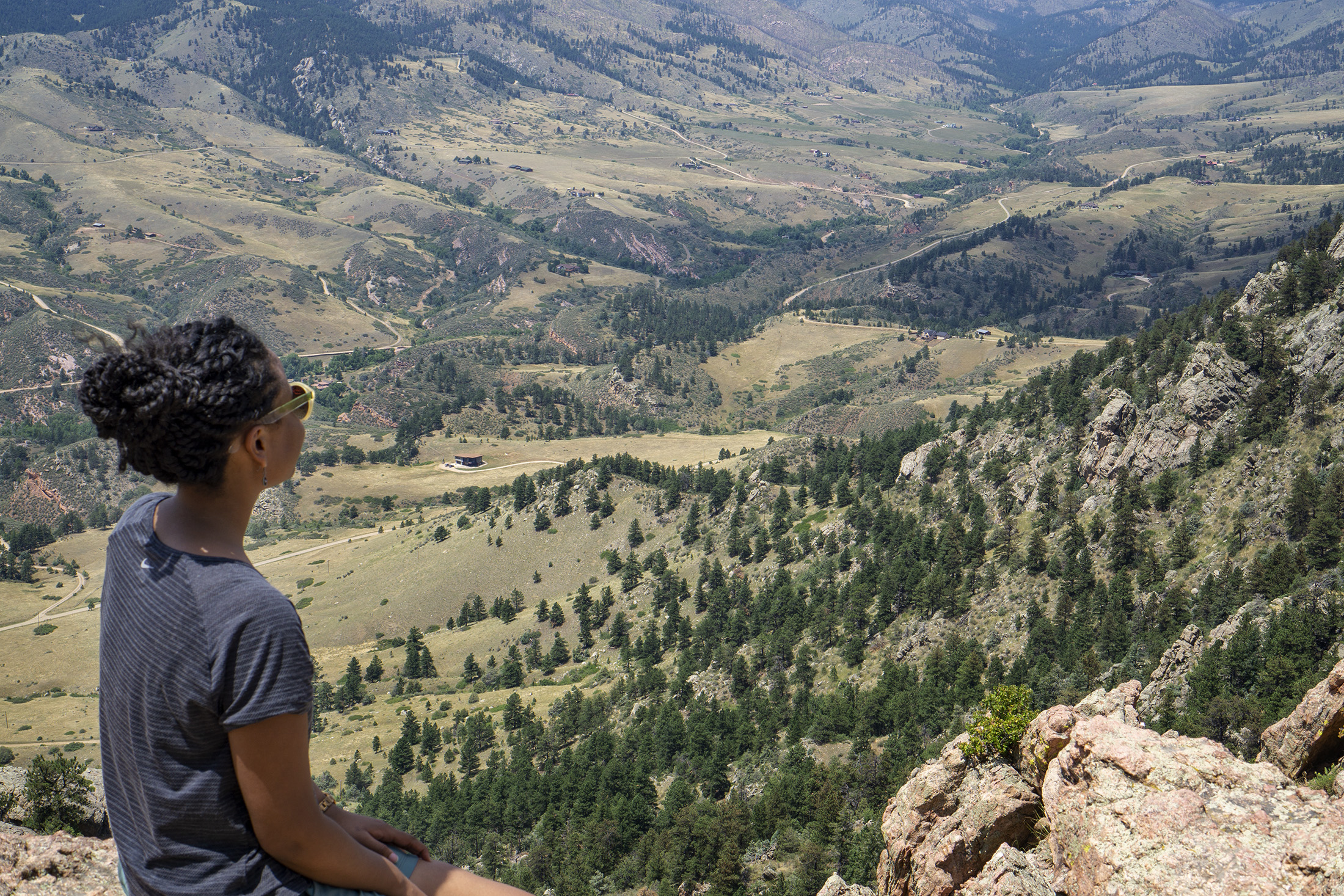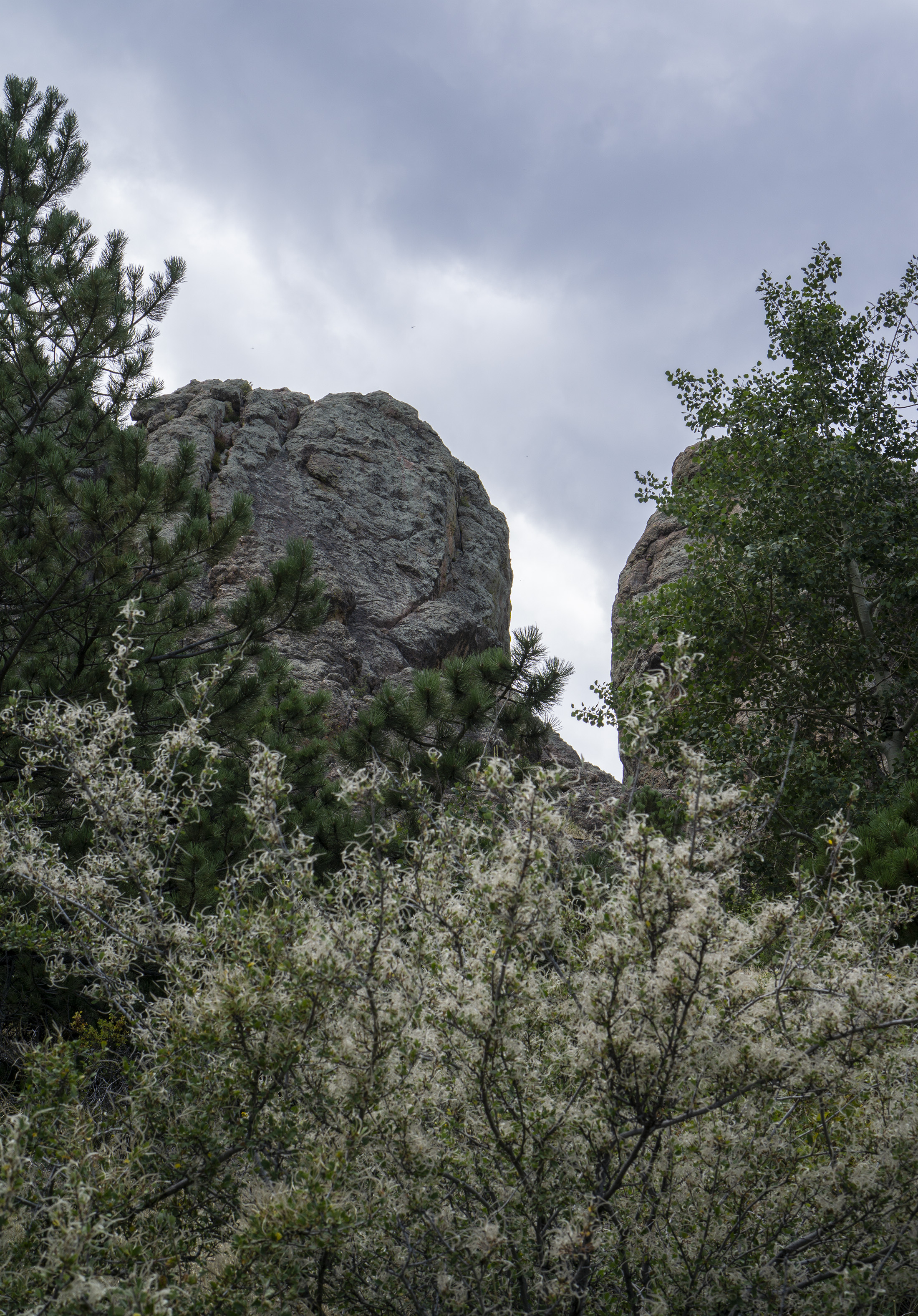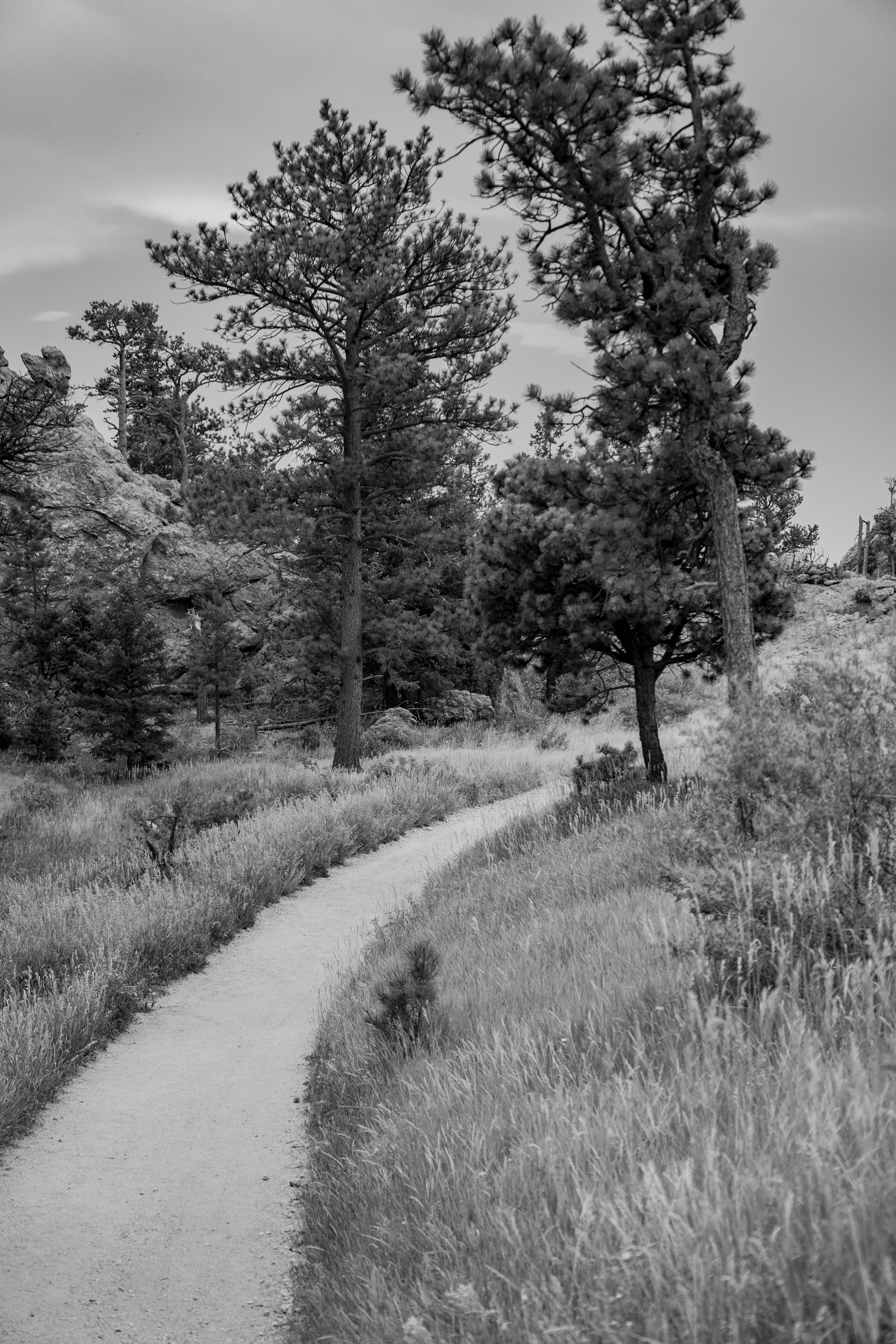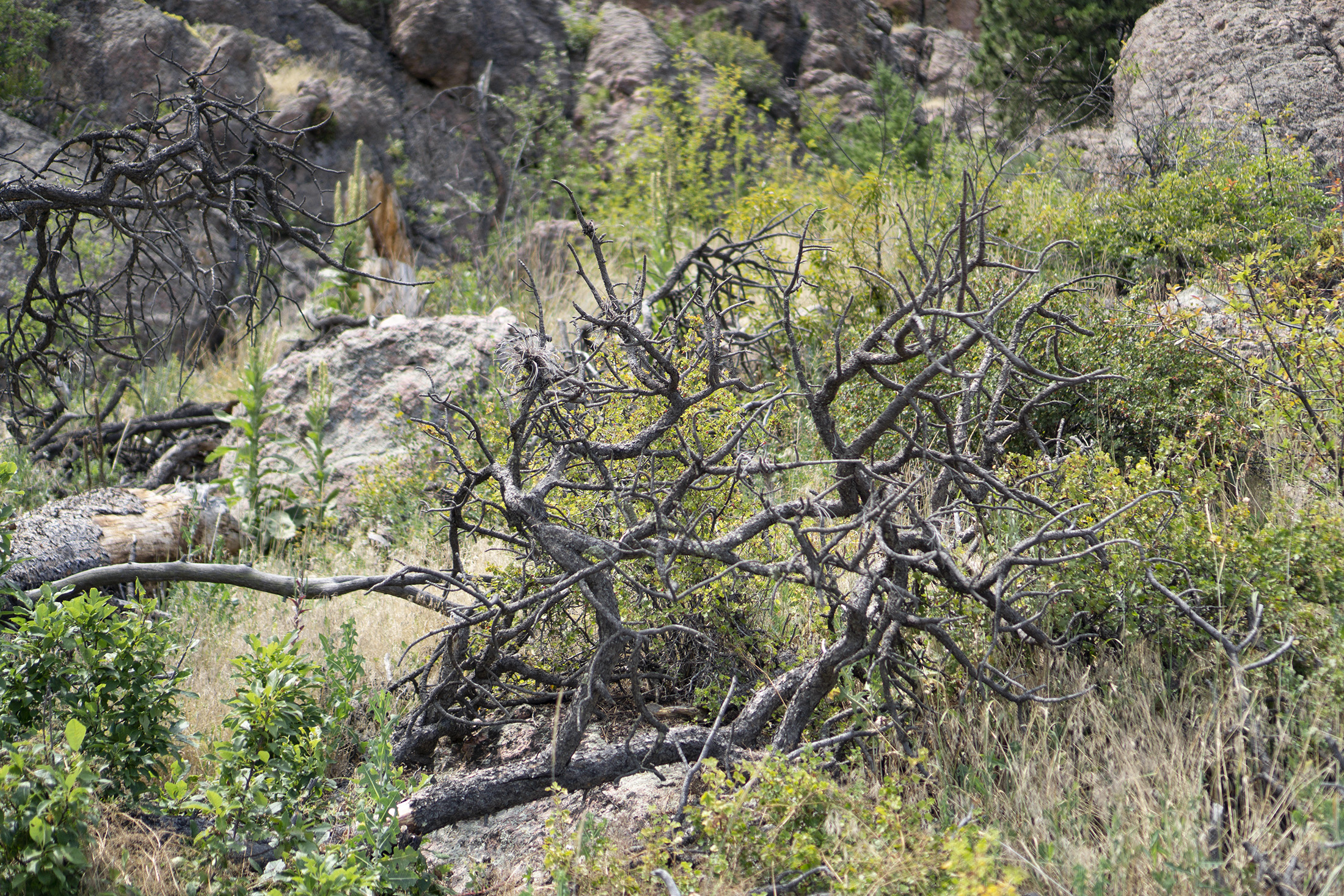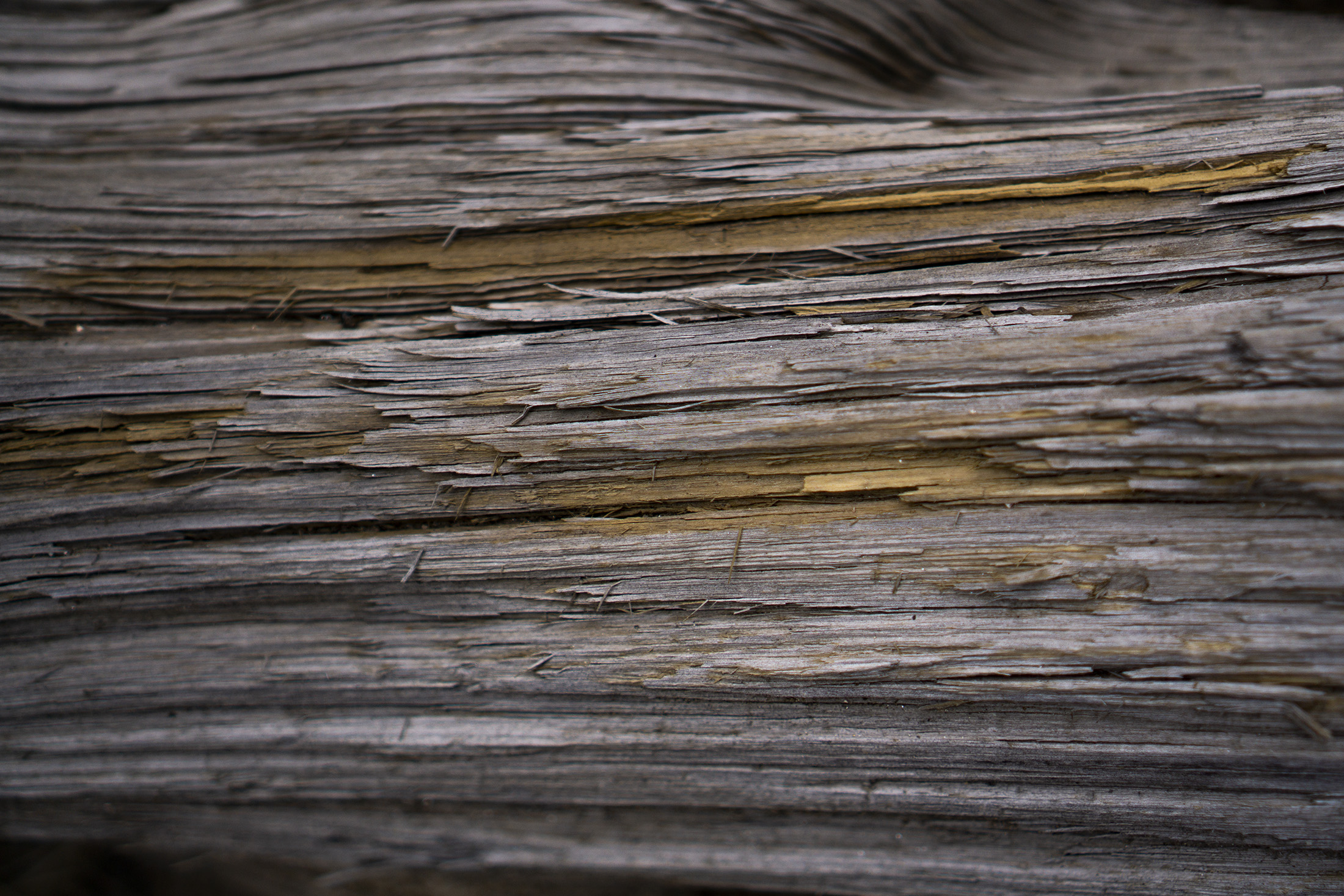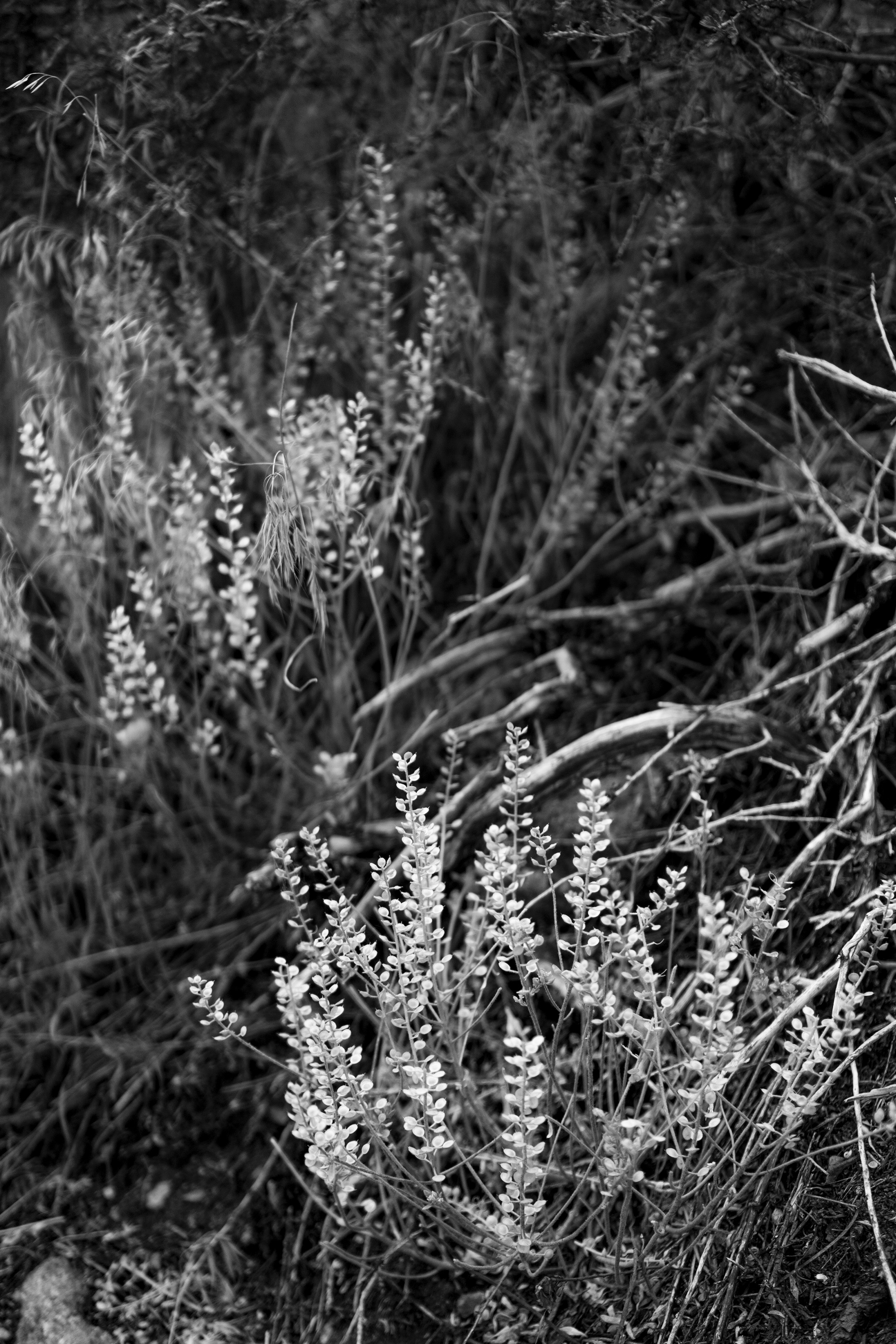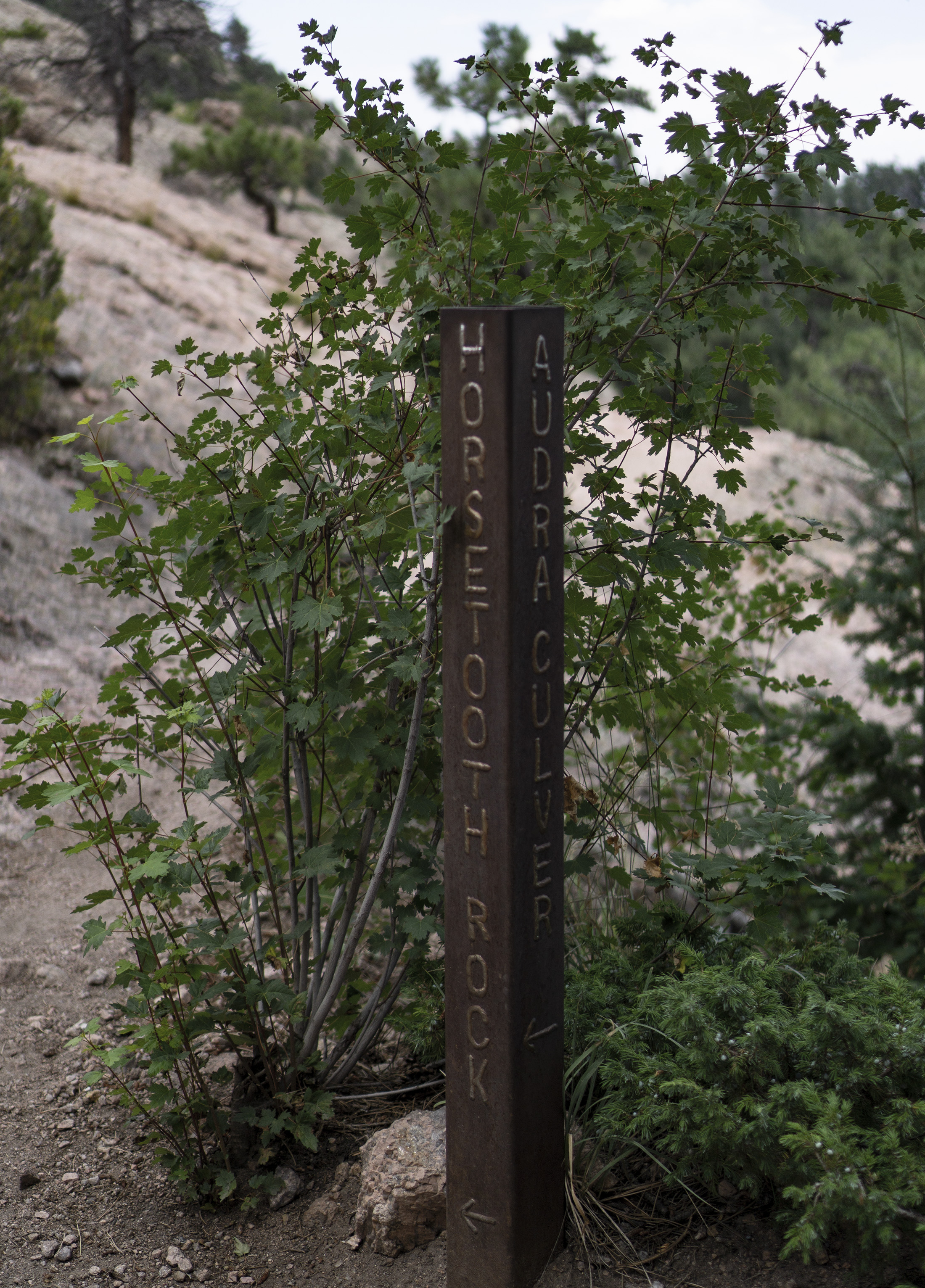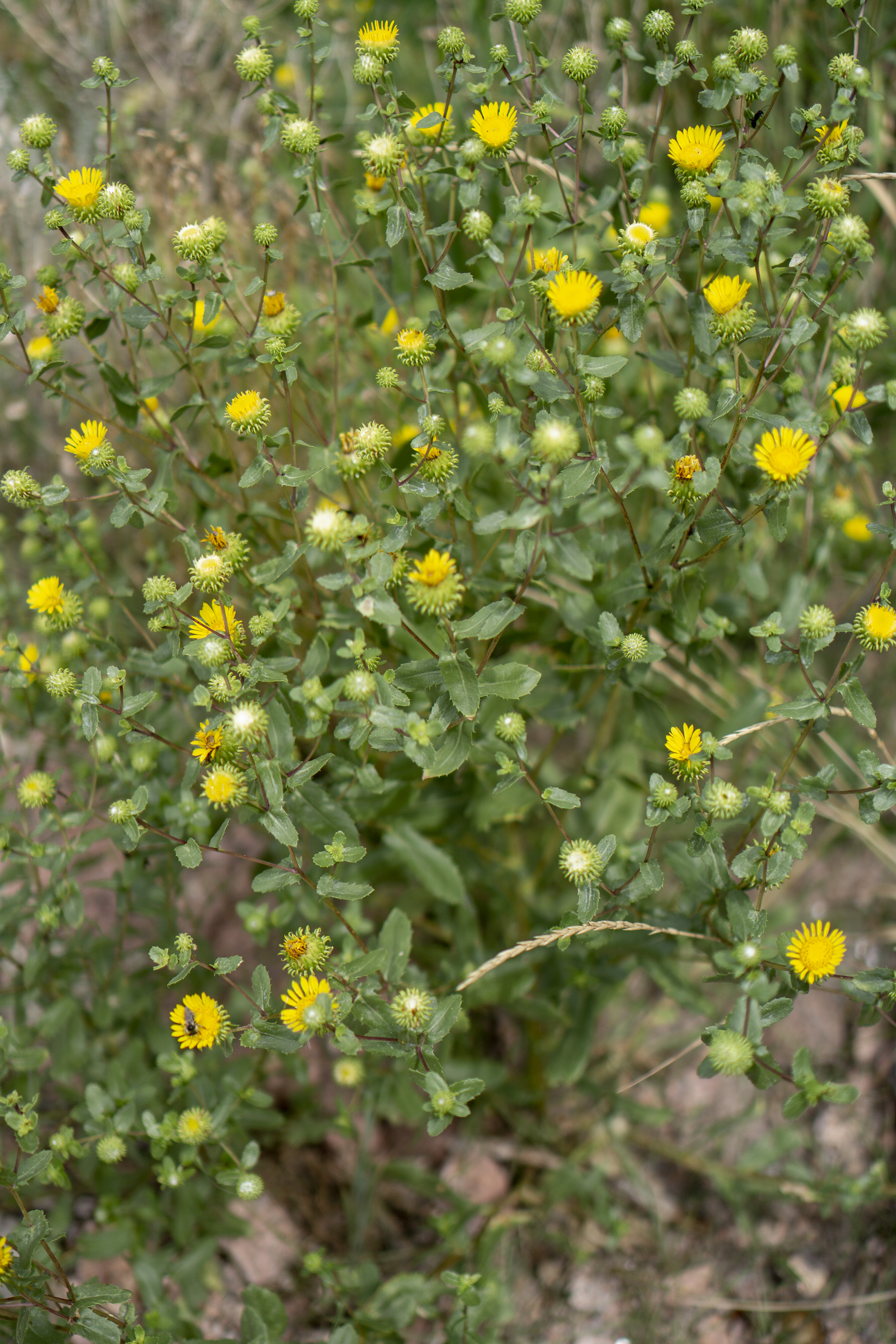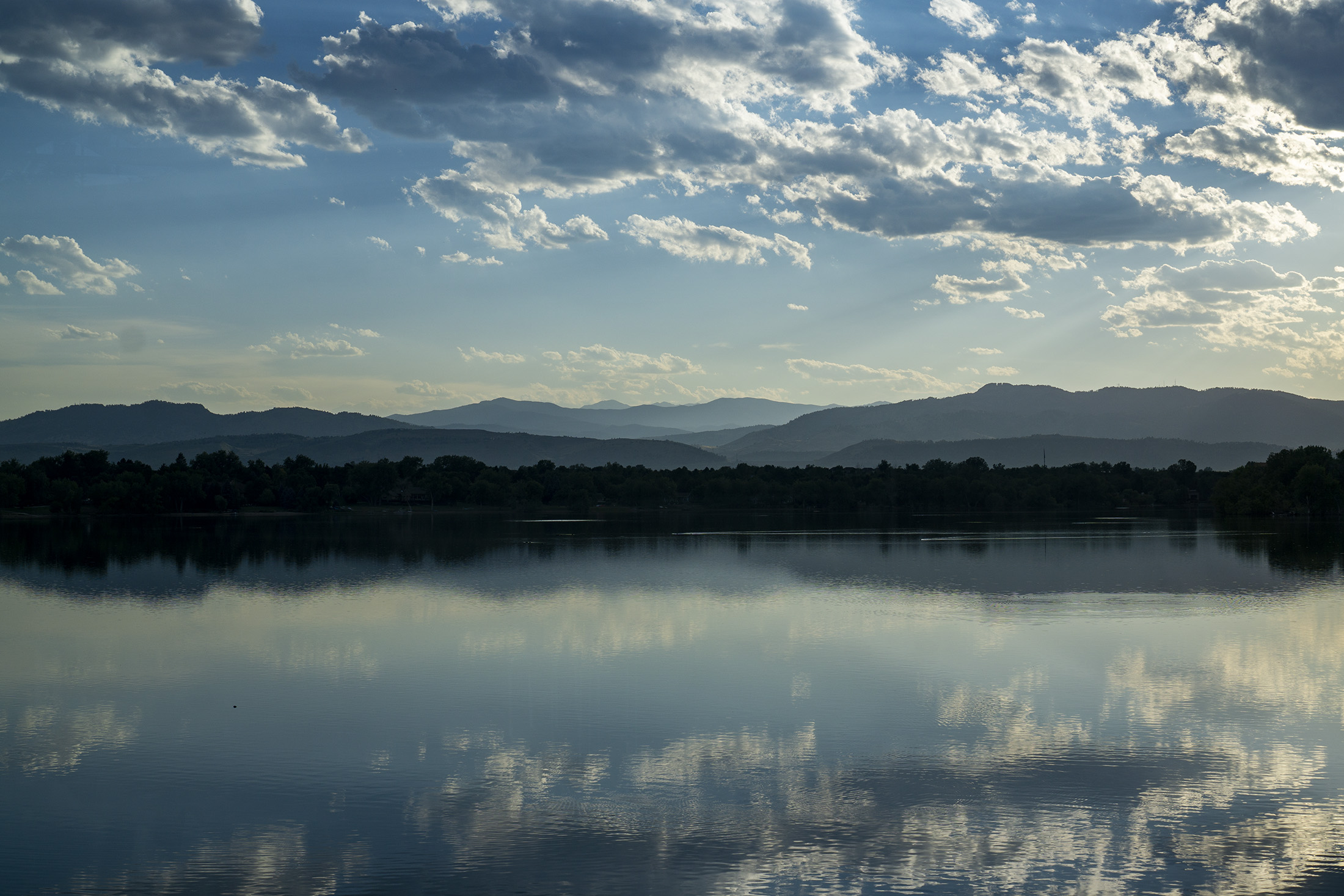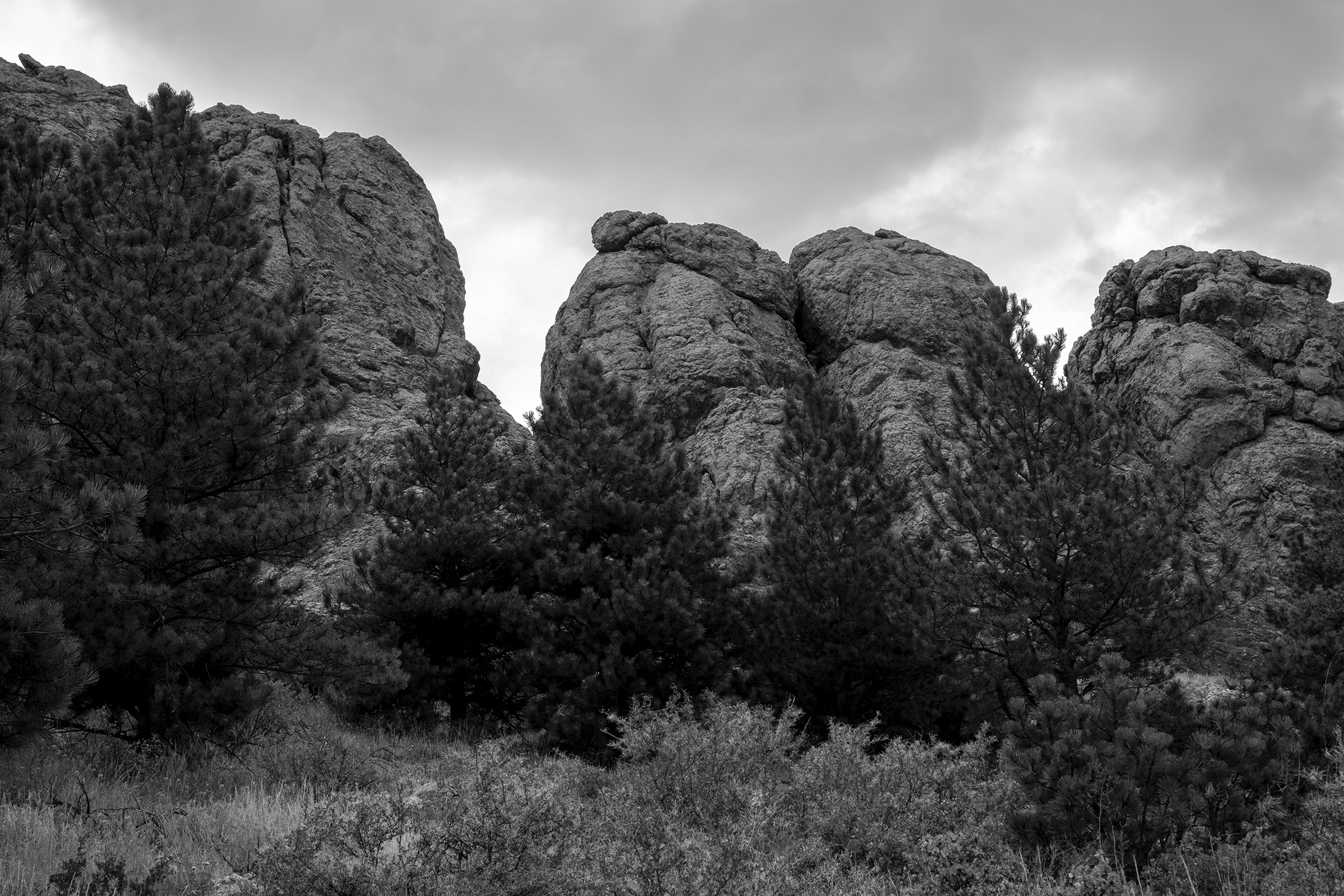Rocky Mountain National Park
What is there to say about Rocky Mountain National Park that hasn’t been said before, by the millions of people who have set foot on its famous trails, or set eyes out on its mind-bending panoramas?
I surely said a lot, years ago, when my partner and I visited the Park for the first time. On our first trip to RMNP, we had no idea what awaited us at the trailhead. We had no idea how stunning and magnetic this place would be. We were hypnotized by the splendor, by the awesome beauty of every mountain, the infinite height of every timeworn tree. It was a place so unlike where we lived, with every bend of the trail showing us a sight we could never have imagined.
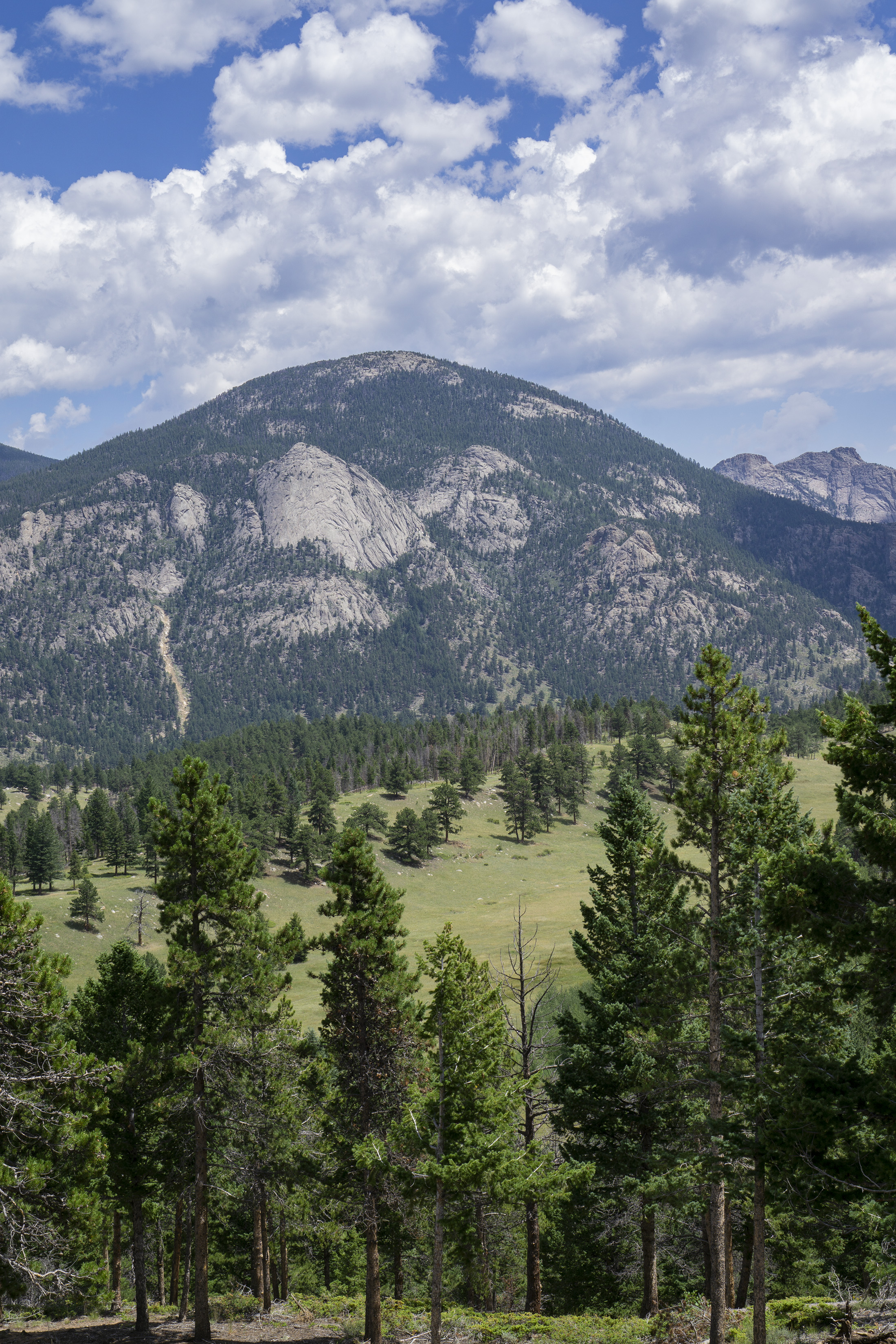
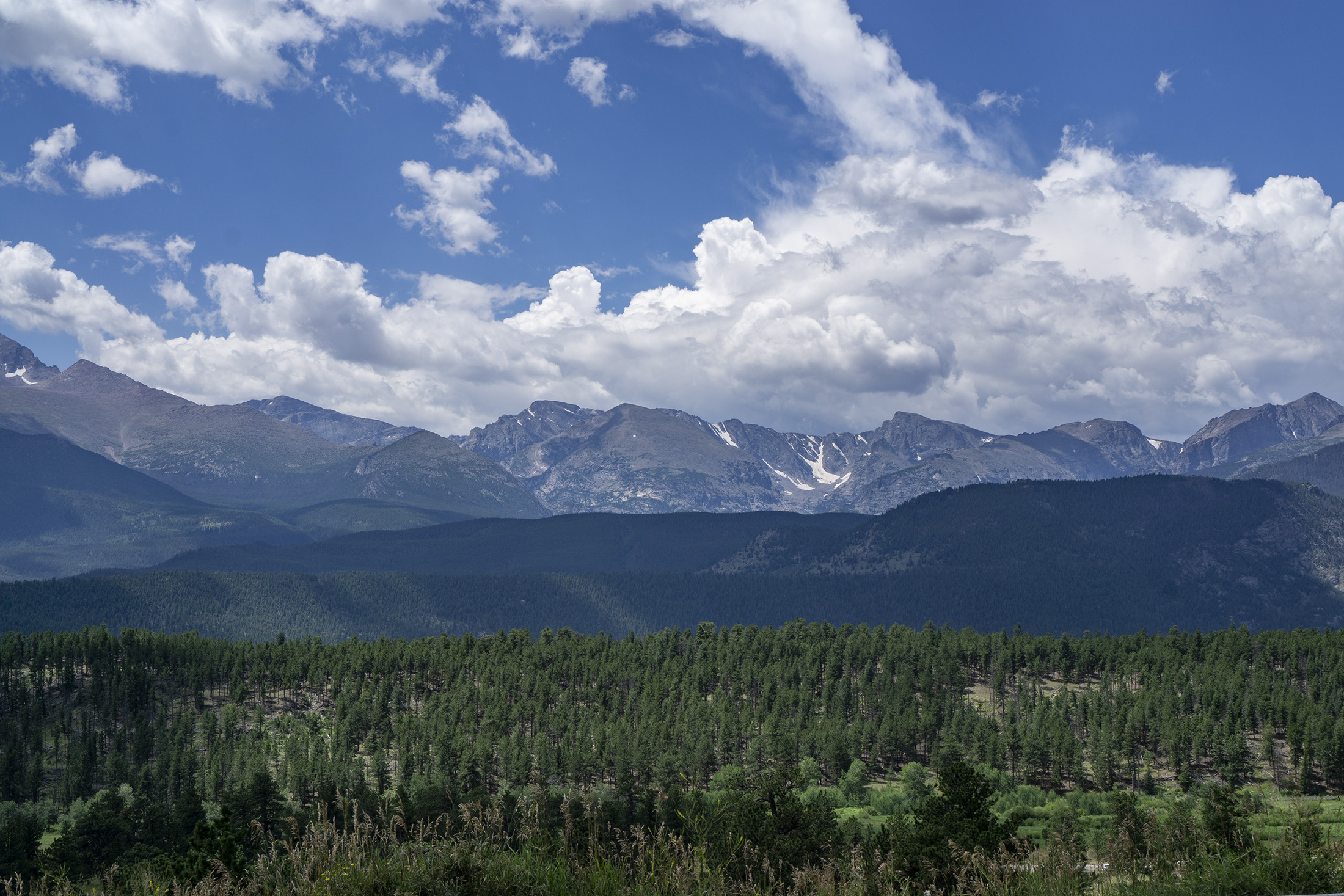
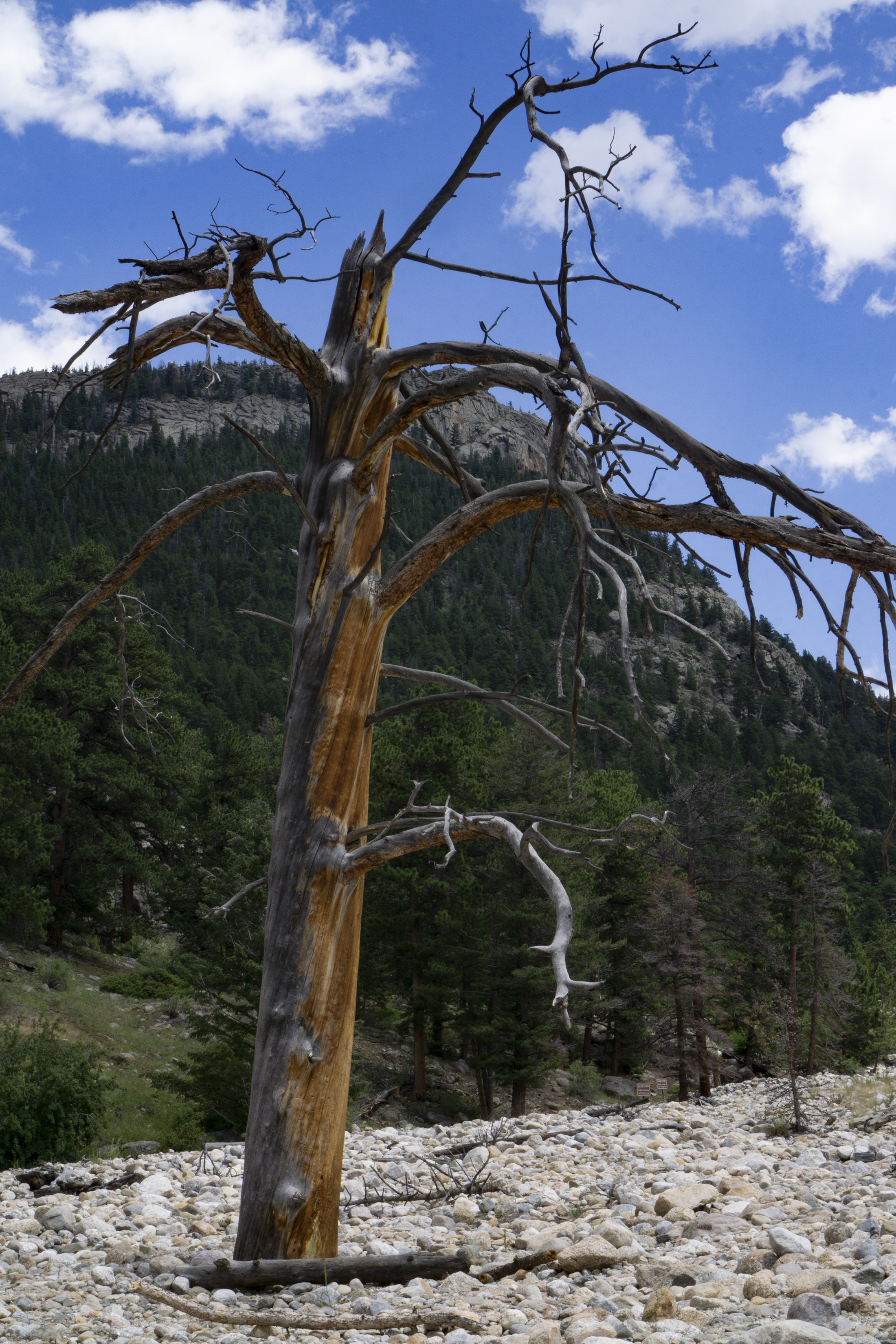
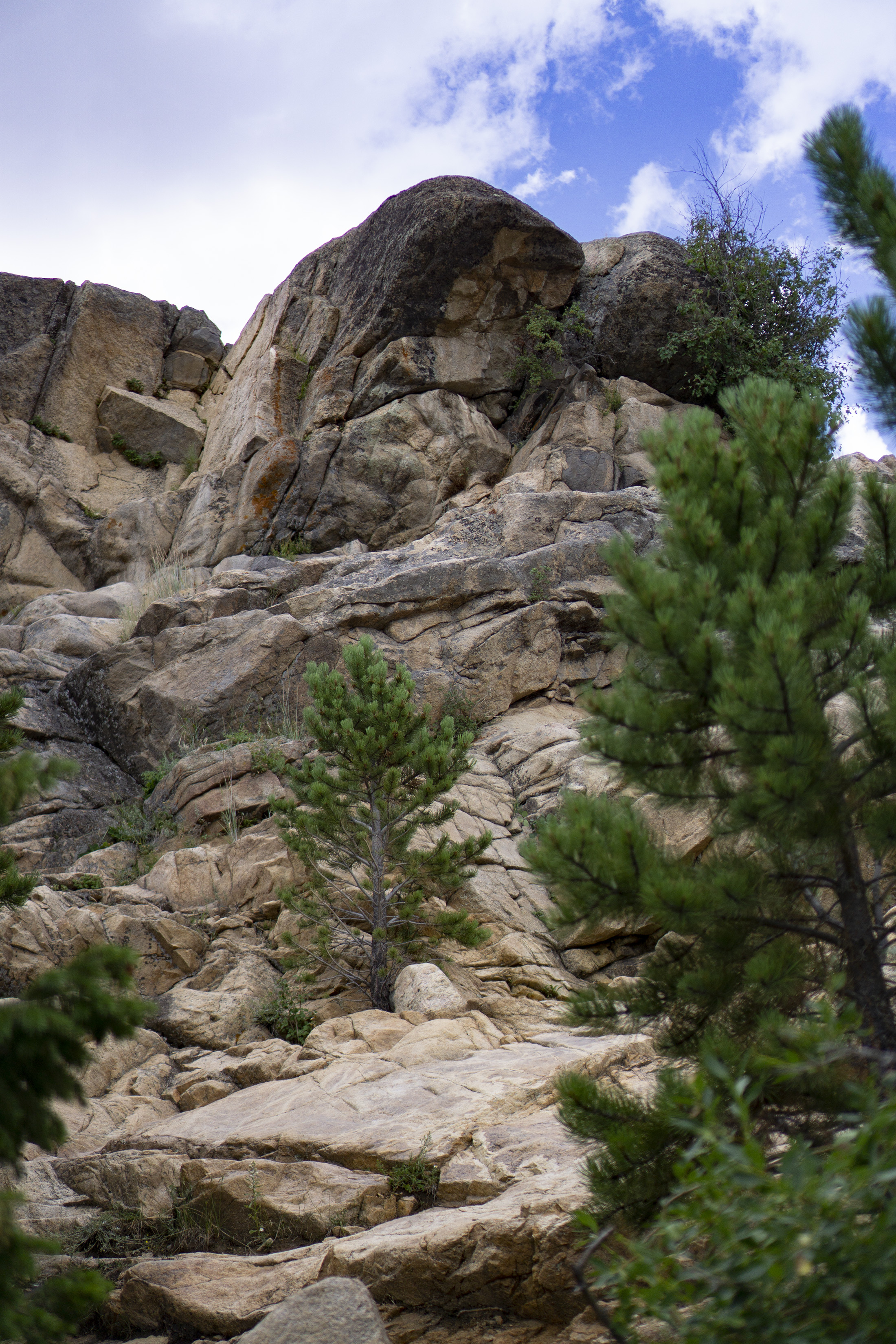
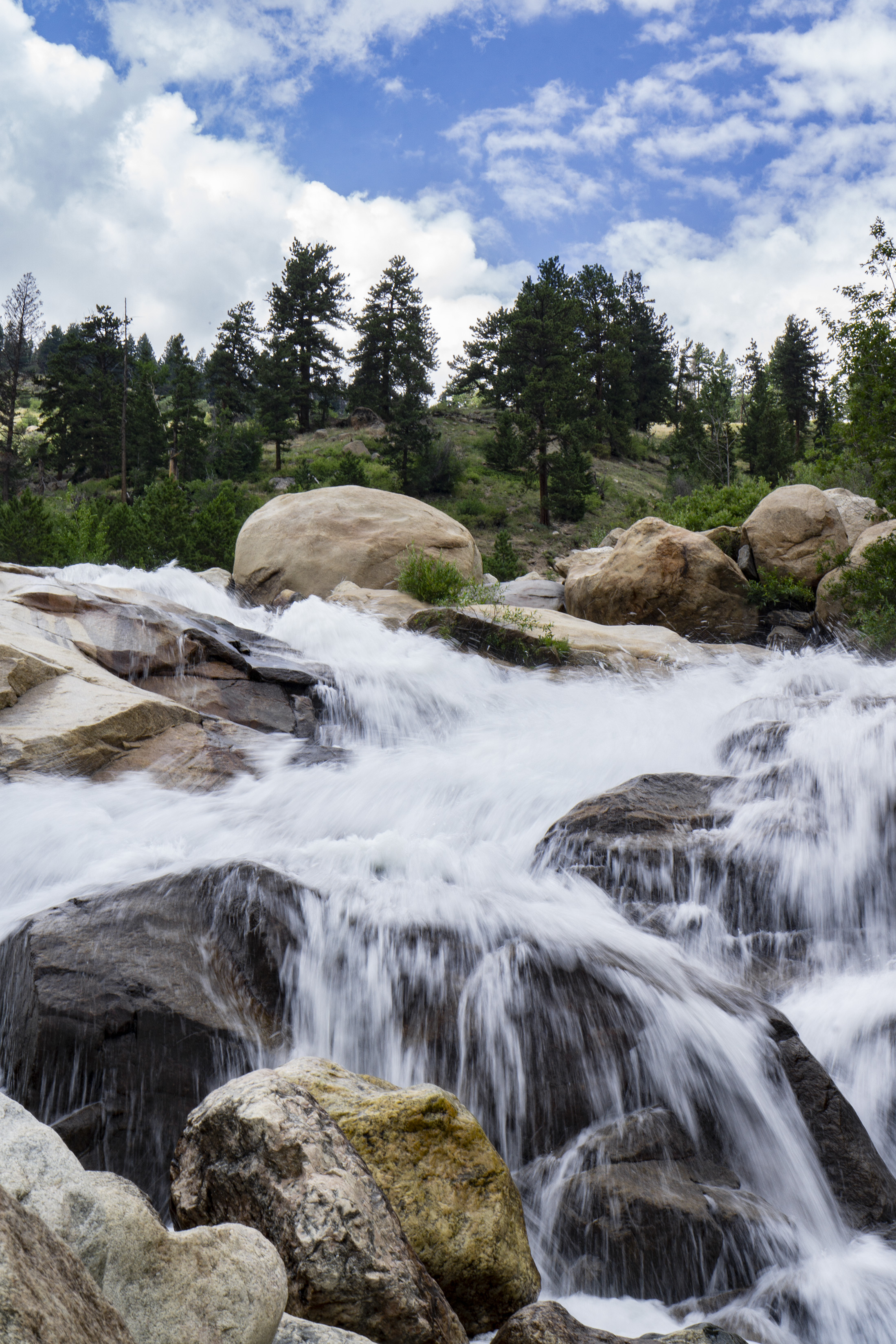
This time around, we felt a little bit like veterans, calmer and more confident. We anticipated the Park’s brilliance, which we drank in greedily, but it also still managed to surprise us, wrap us up in its wonder, this time on a very different scale.
We spent a good chunk of our time in the Park driving and walking the paths along Trail Ridge Road, one of the highest paved roads in the continental United States. The road took us up past the tree line and into the alpine tundra, an ecosystem that blinds and numbs in winter, but in summer, rolls and flows and sparkles with the kind of subtle beauty that may surprise those expecting nothing but rugged vistas.
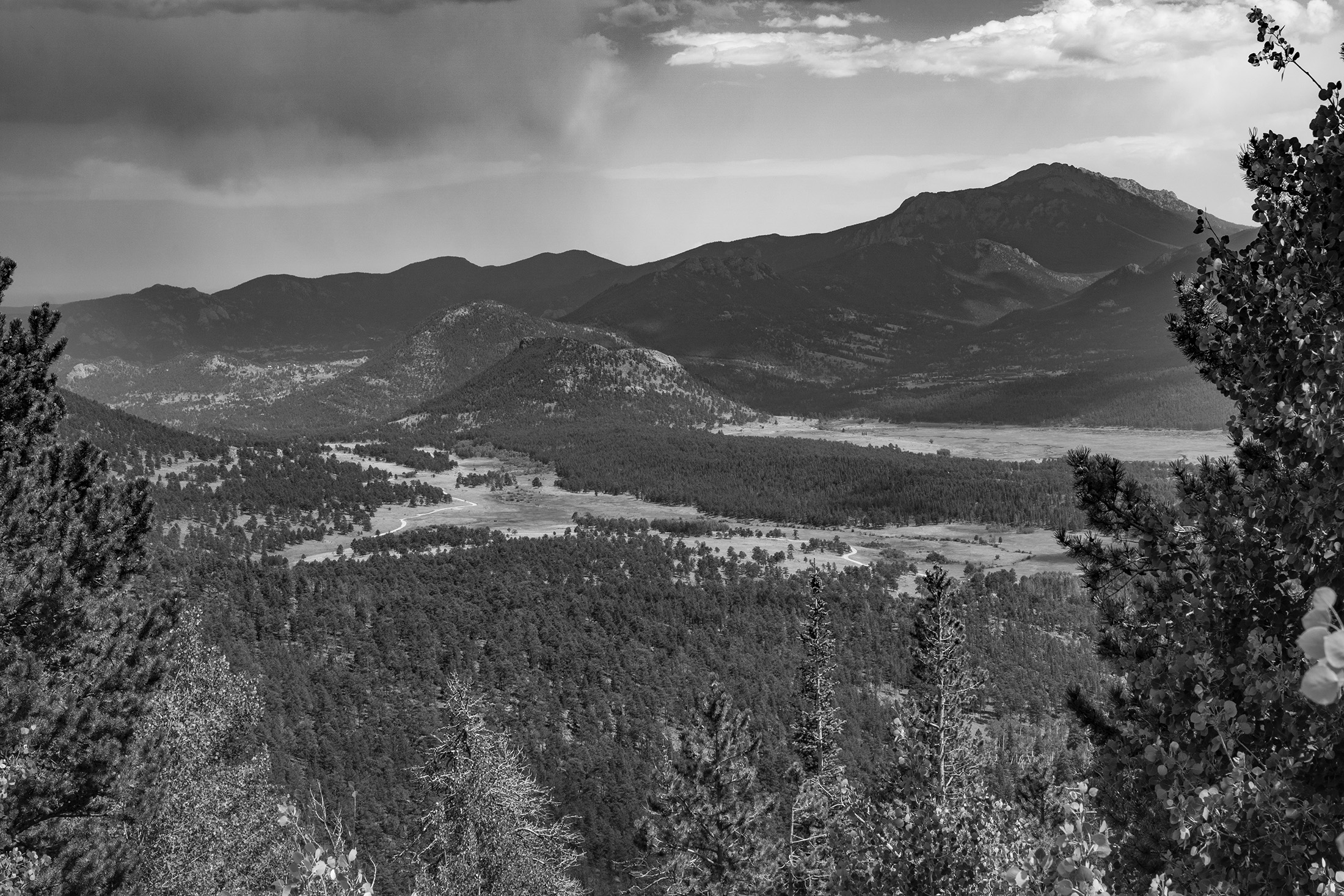
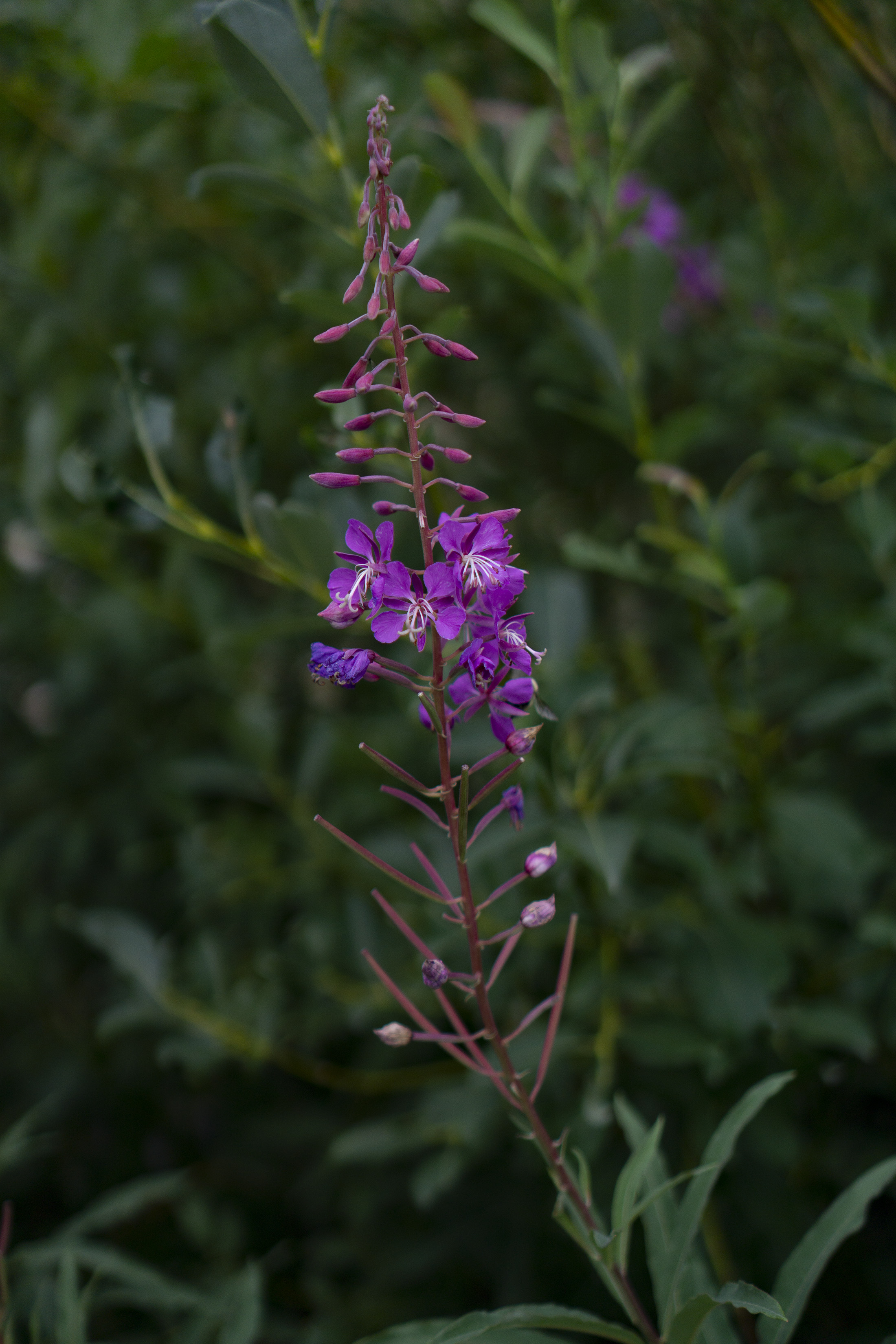
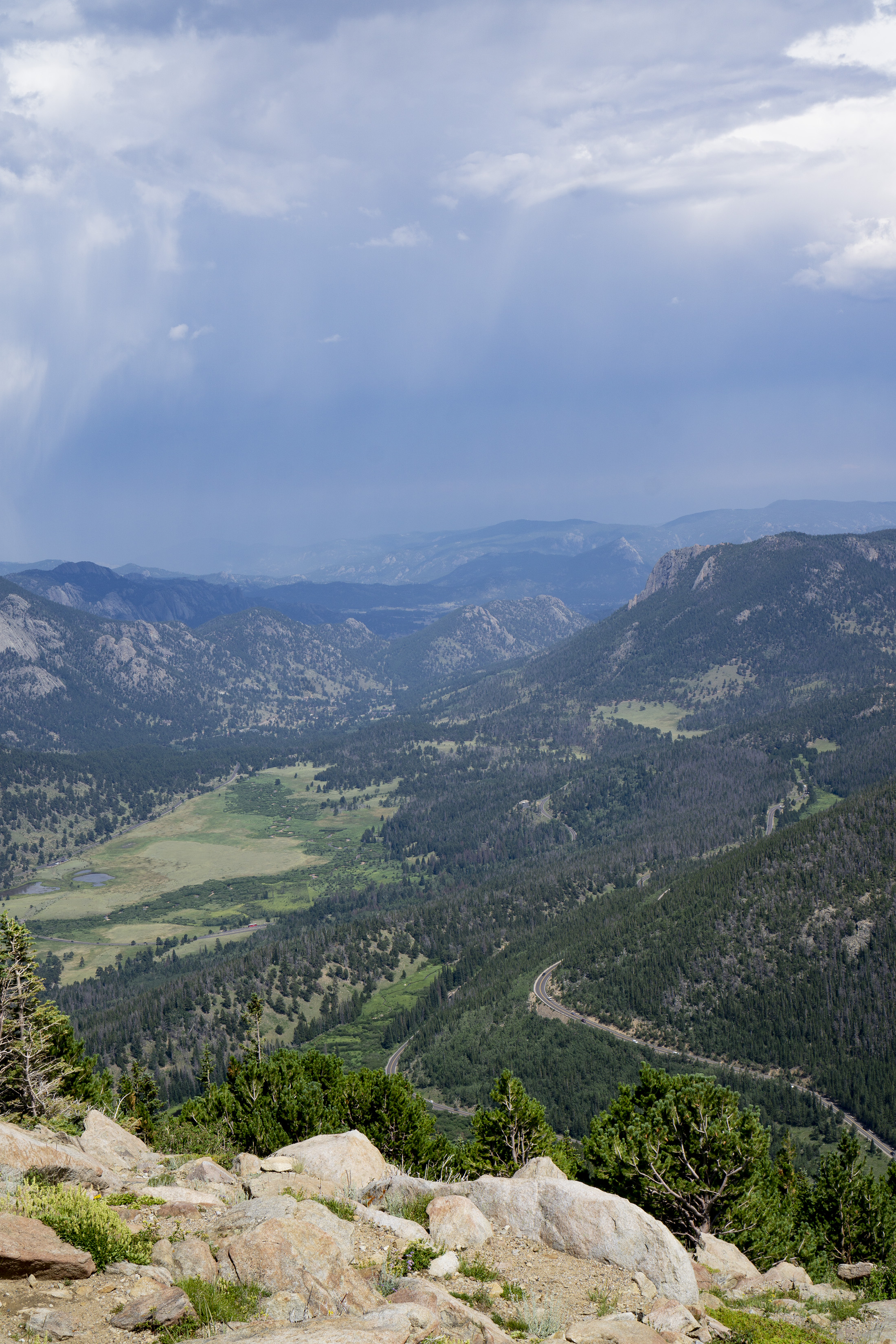
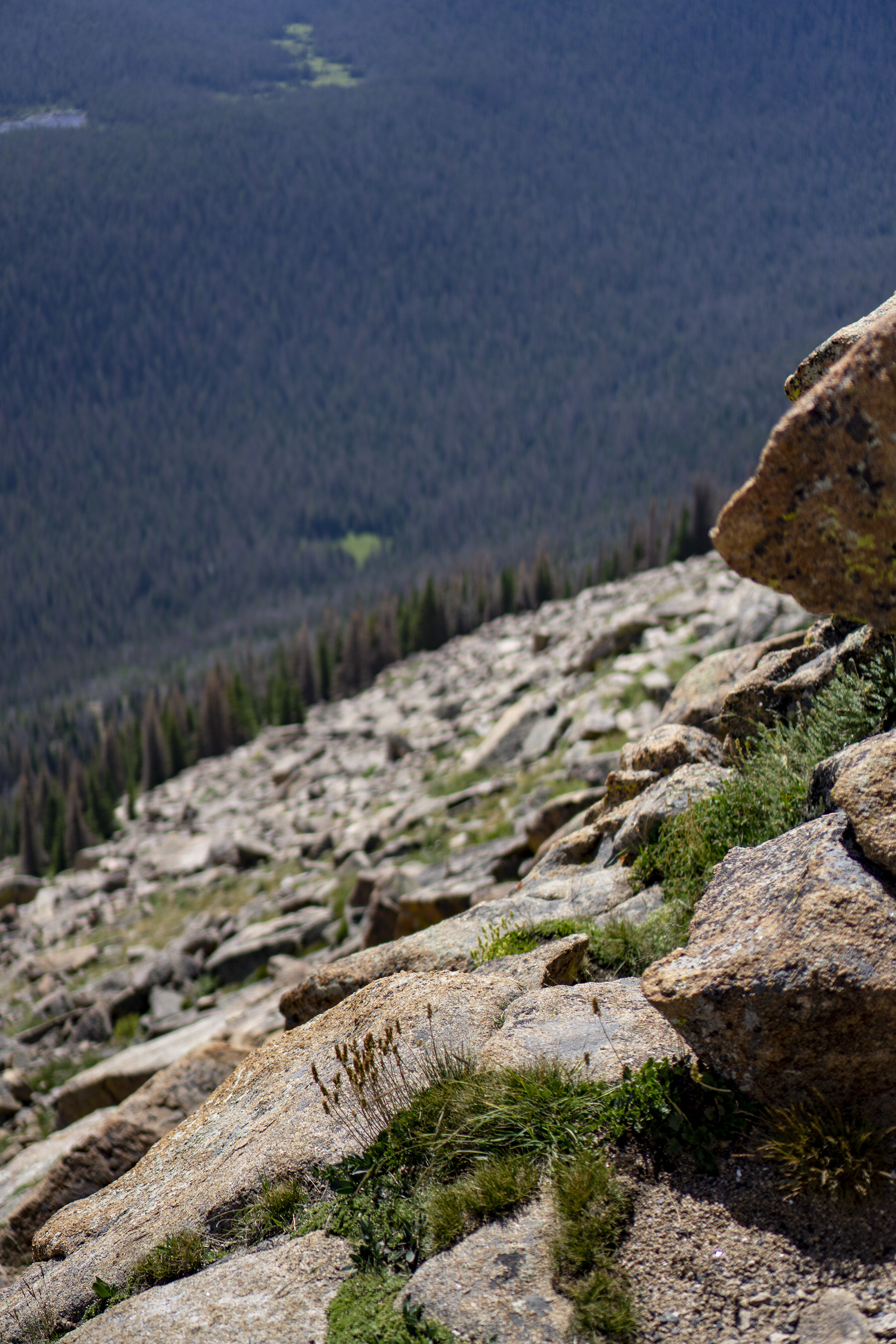
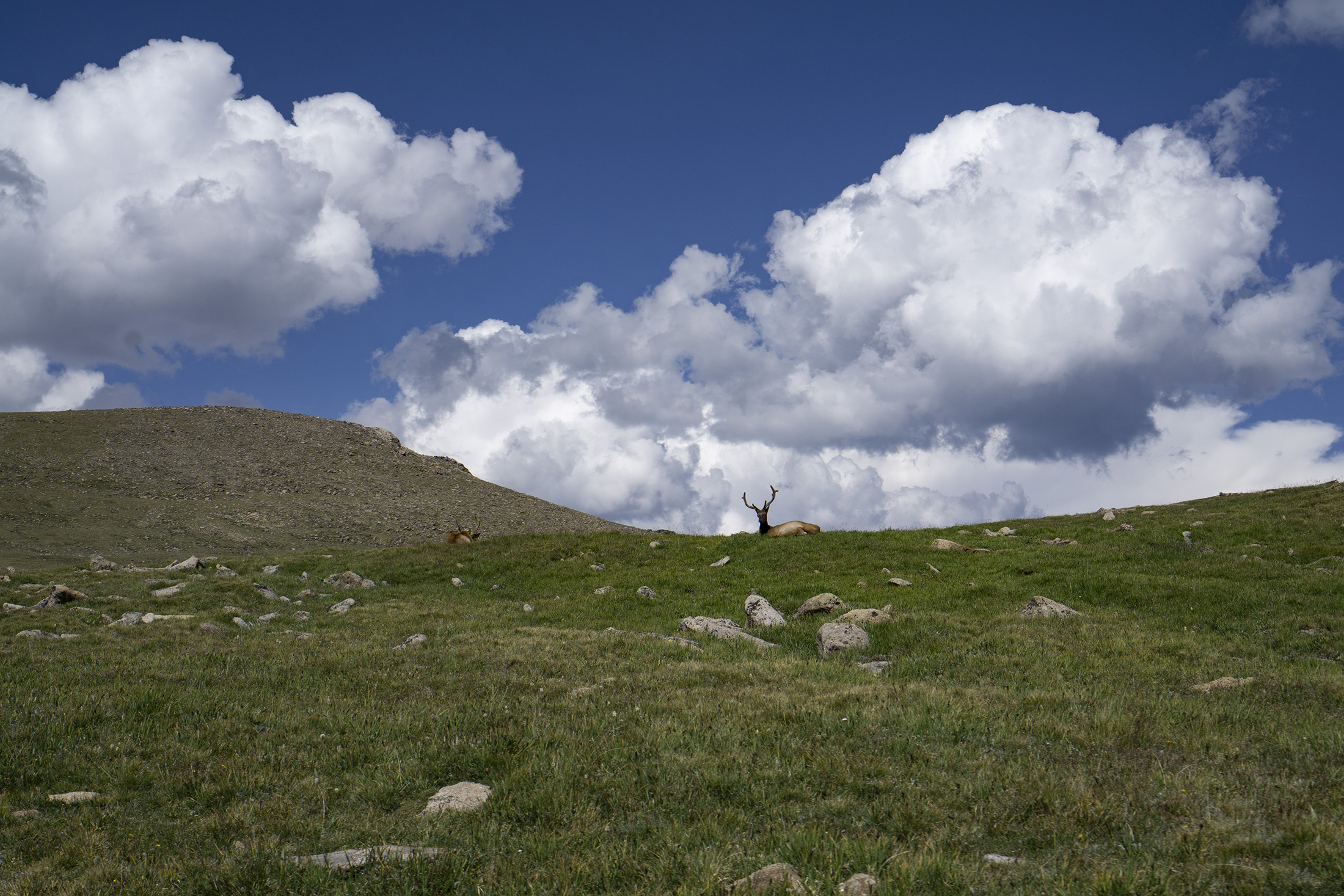
The plants in the tundra stay small, grow close to the soil surface, their thick taproots — sometimes reaching depths of five or six feet — cementing them to the cold, rocky earth. The plants don otherworldly names like phlox and sandwort, gentian, mertensia, bistort, saxifrage, and sky pilot. This tiny botanical menagerie sits tucked between boulders as ancient as the sky itself. An impressionistic creation, as varied up close as a million multi-colored paint strokes — and from afar, blending together into a single great green swatch.
Our human eyes train our brains to think “grass.” And I saw many people jump off trail and frolic in what they thought was open field, despite the warning signs and interpretive plaques. But I also saw people crouched down, eye to eye with the wildest columbine and clover, small green aliens peering back with equal curiosity, like the unknown beings at the bottom of the ocean caught in a submarine spotlight.
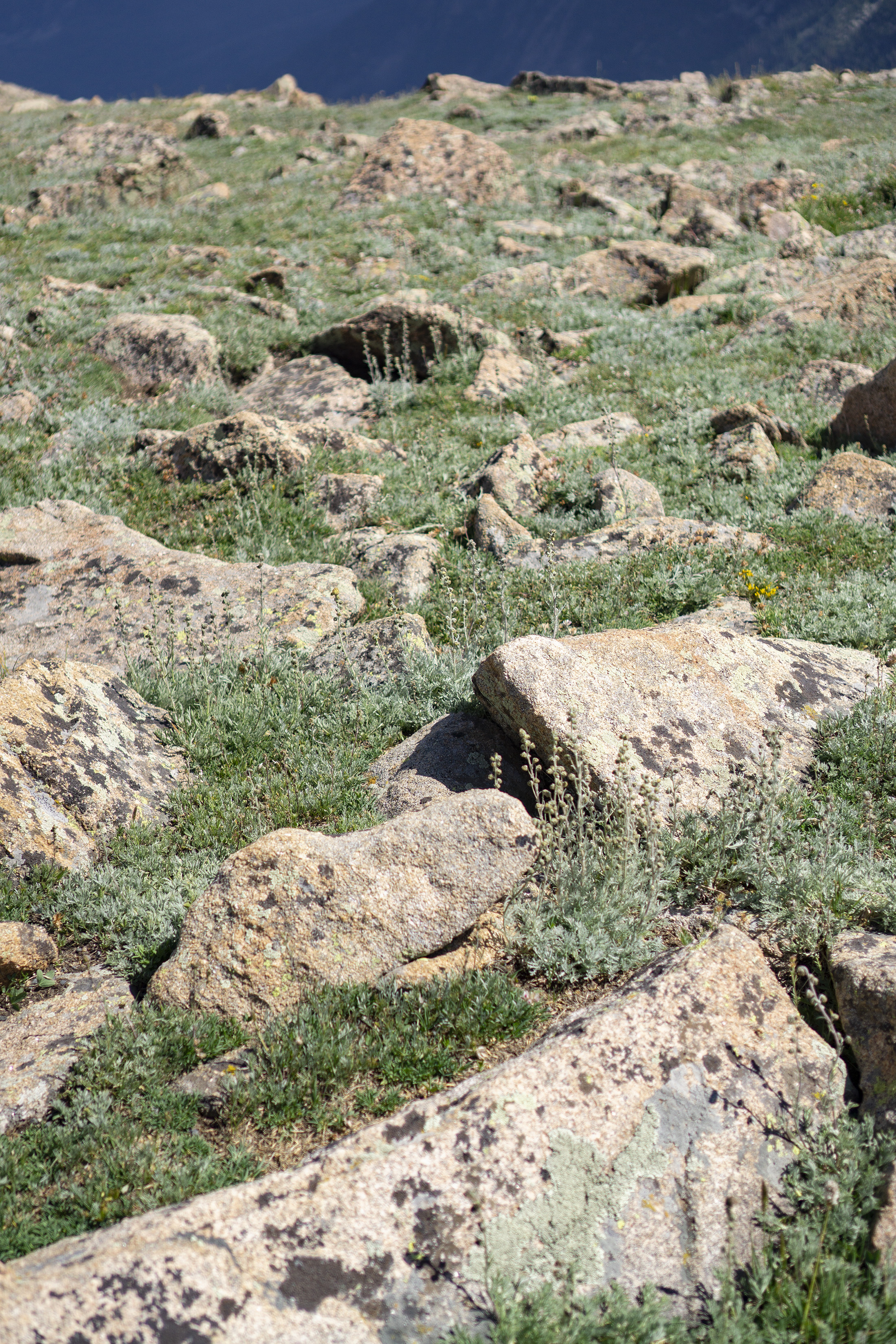
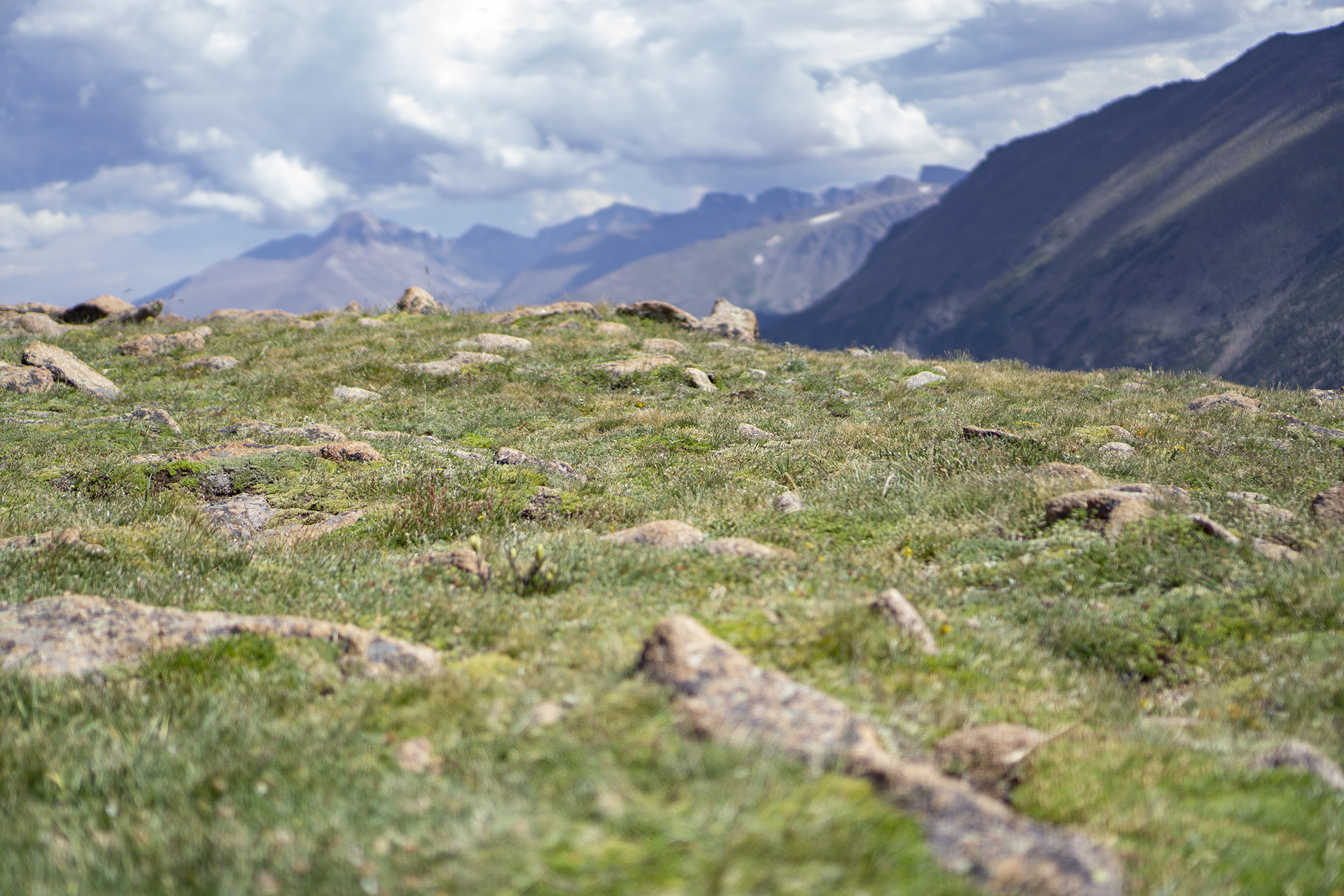
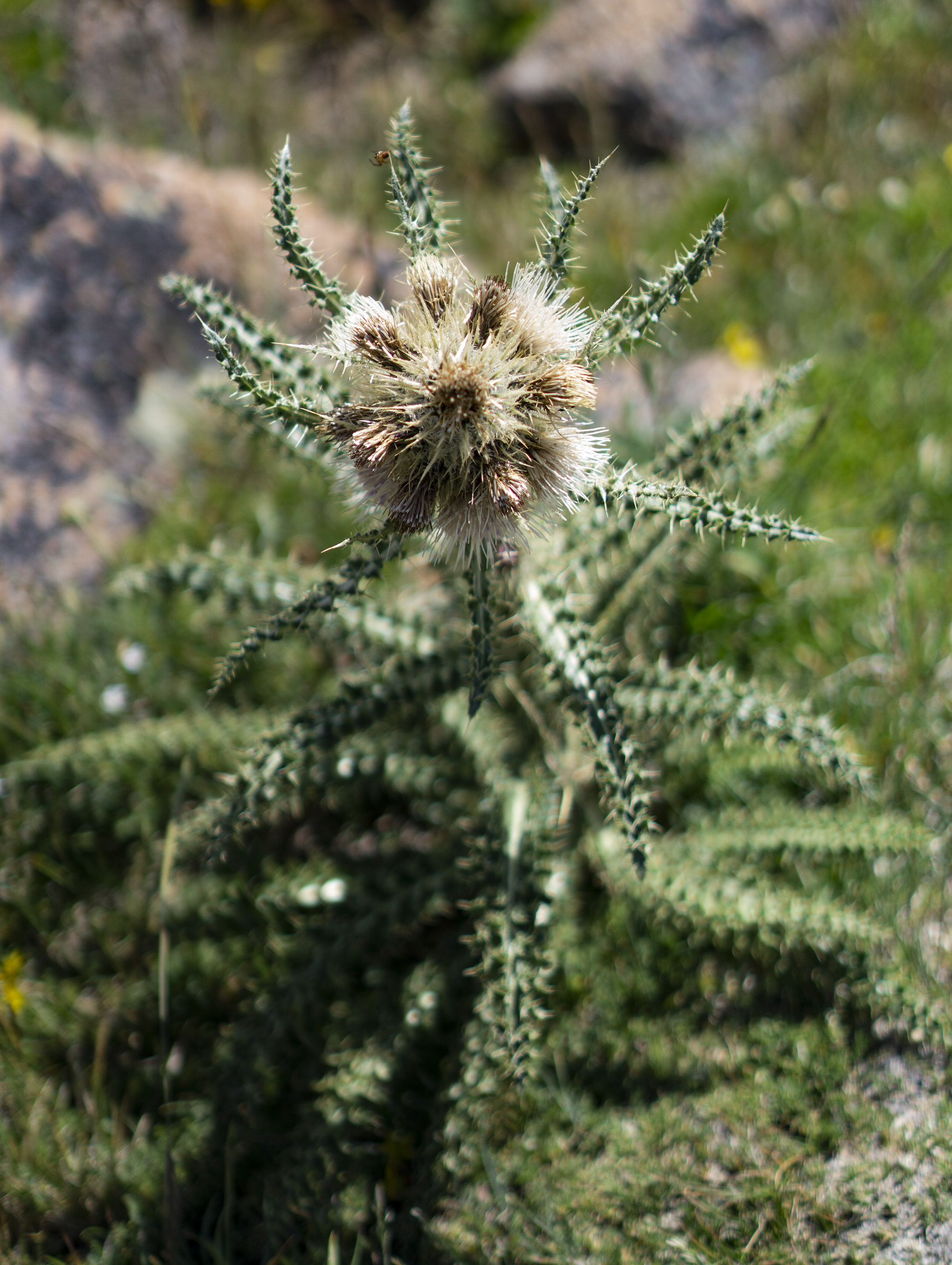
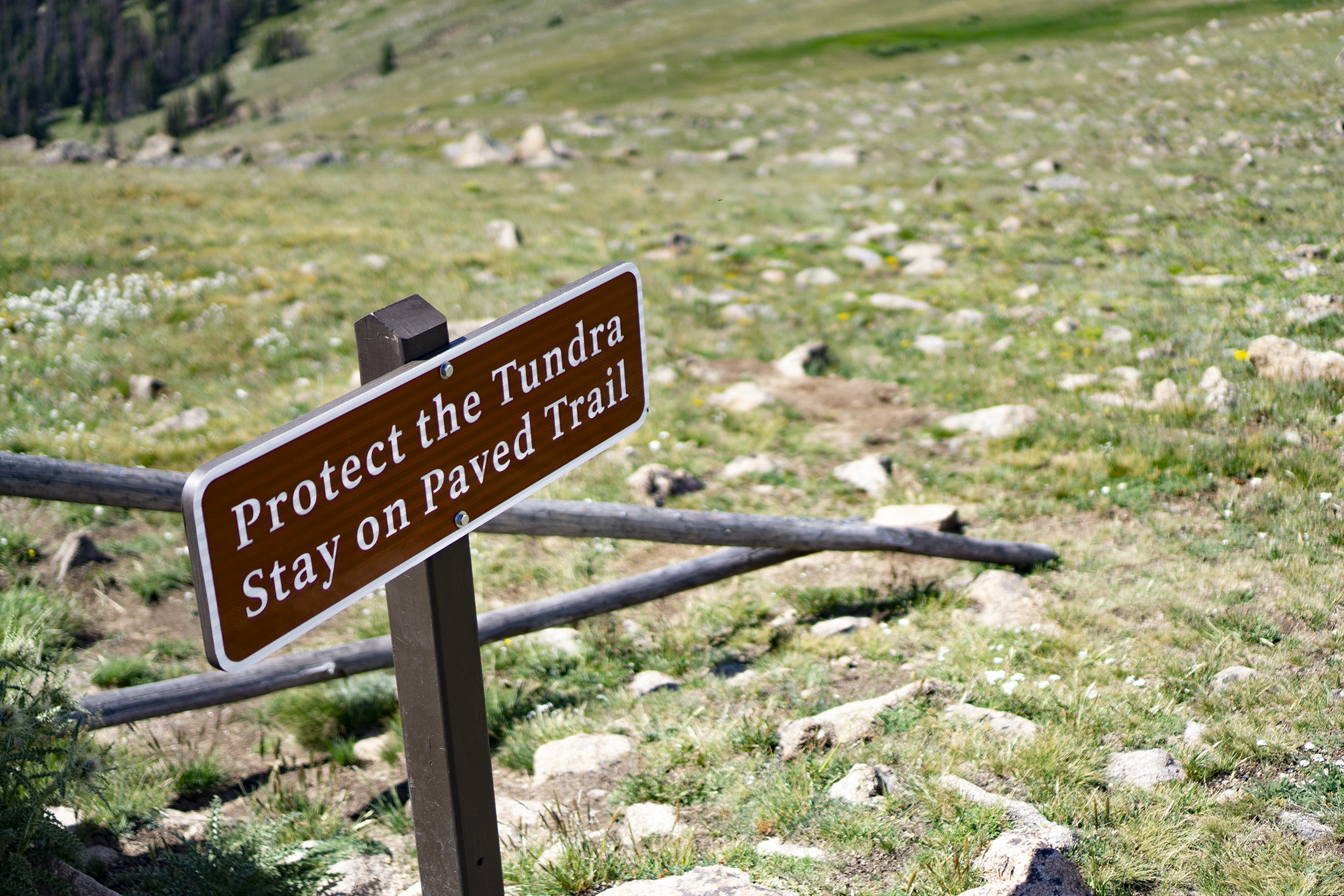
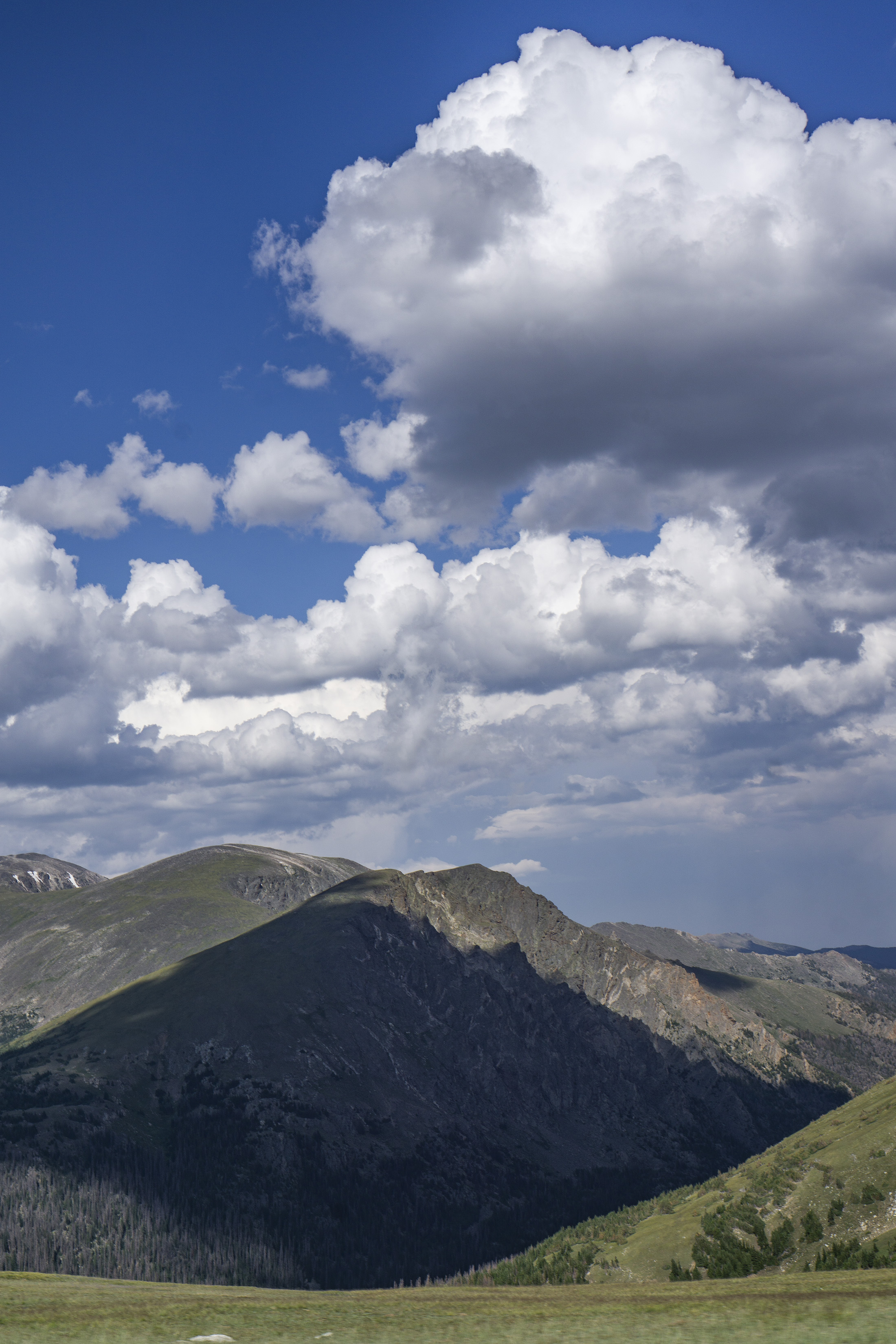
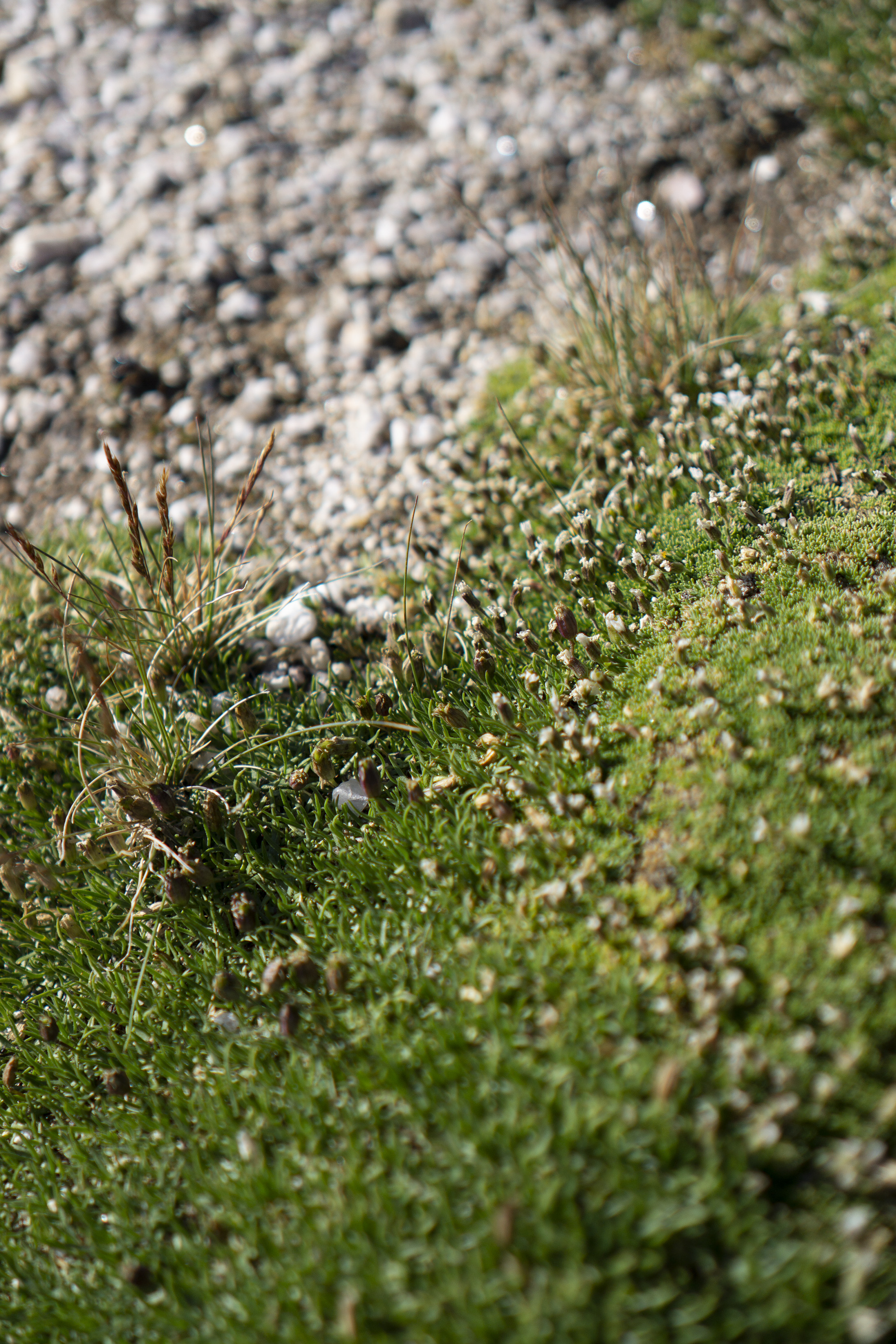
Spending as many years as I have in Chicago, I’ve grown accustomed to seeing the grace and charm in an overlooked environment. For centuries in the midwest, the prairie was systematically mowed down and built on, transformed into a flat sea of farmland, its biological (and human) diversity whittled away. When I look at the prairie, at the chunks of it that still remain, I don’t just see grass. I see a conversation, a dialogue between hundreds of species, a dance where scattered seedpods twirl in the wind and technicolor blooms beckon bumble and buzz.
In tundra, as in prairie, I see how each brushstroke builds the full painting. I see how the parts make up the whole, and how Rocky Mountain National Park wouldn’t be what it is without each ecosystem, each animal, each leaf and sunspot and gust of wind.
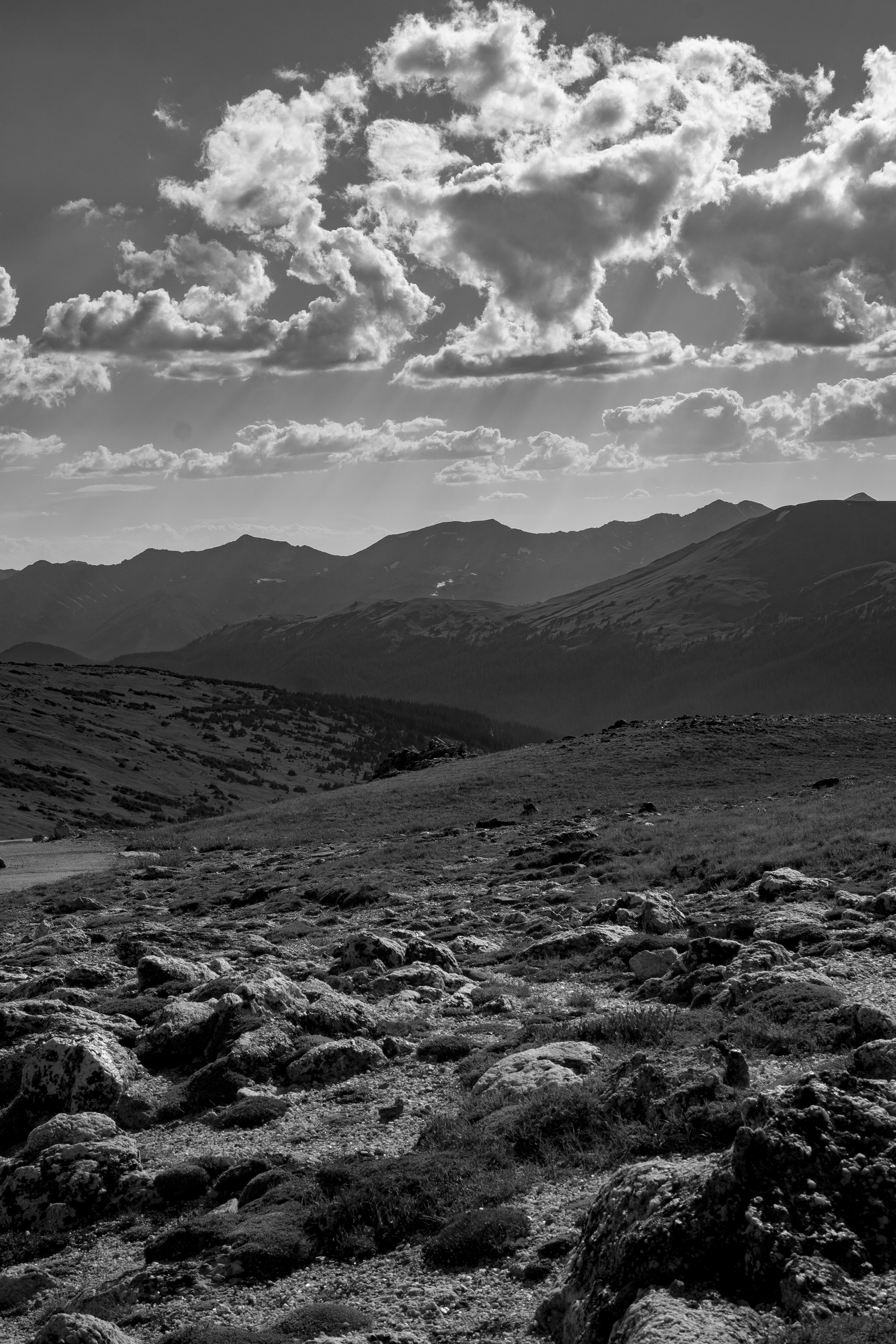
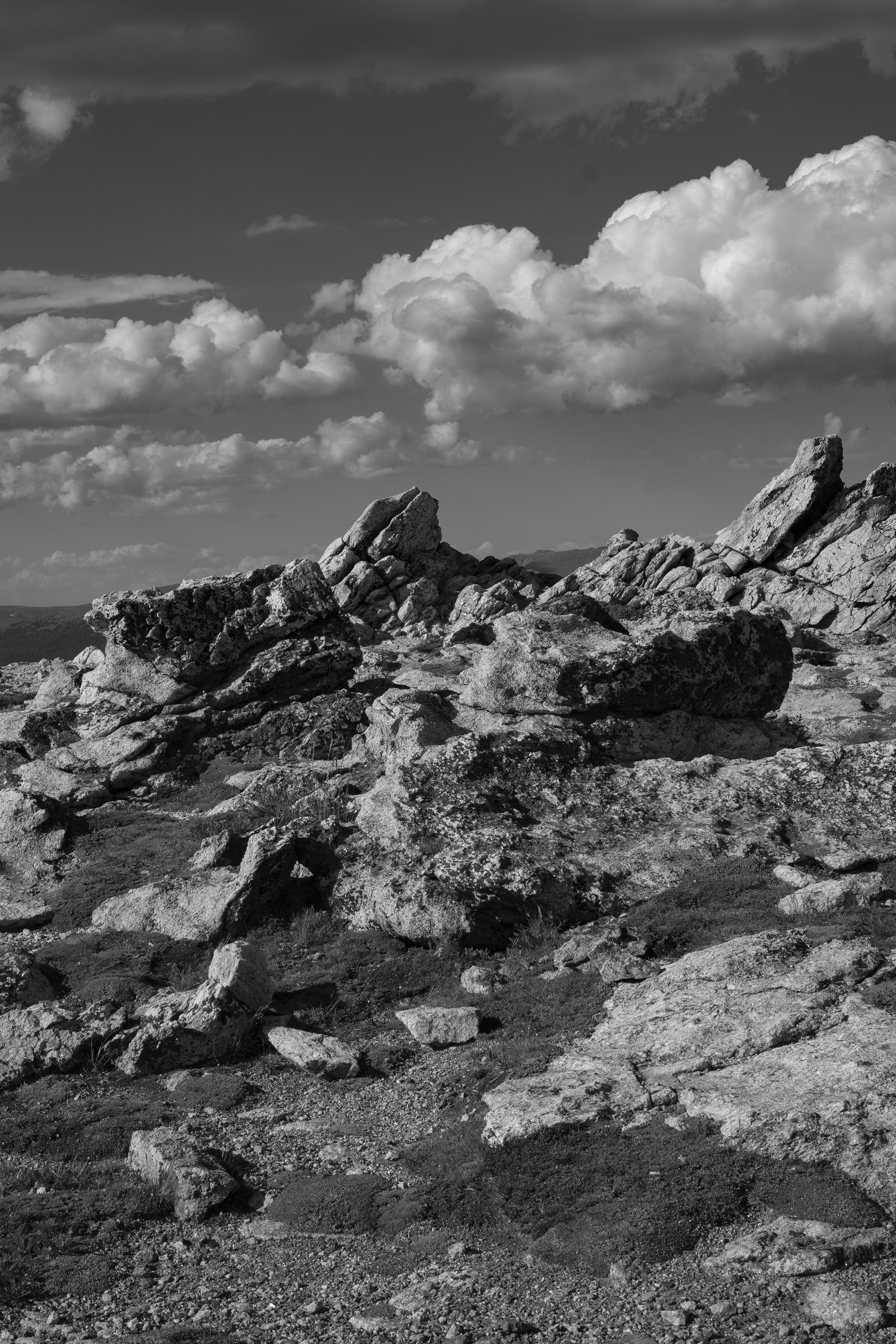
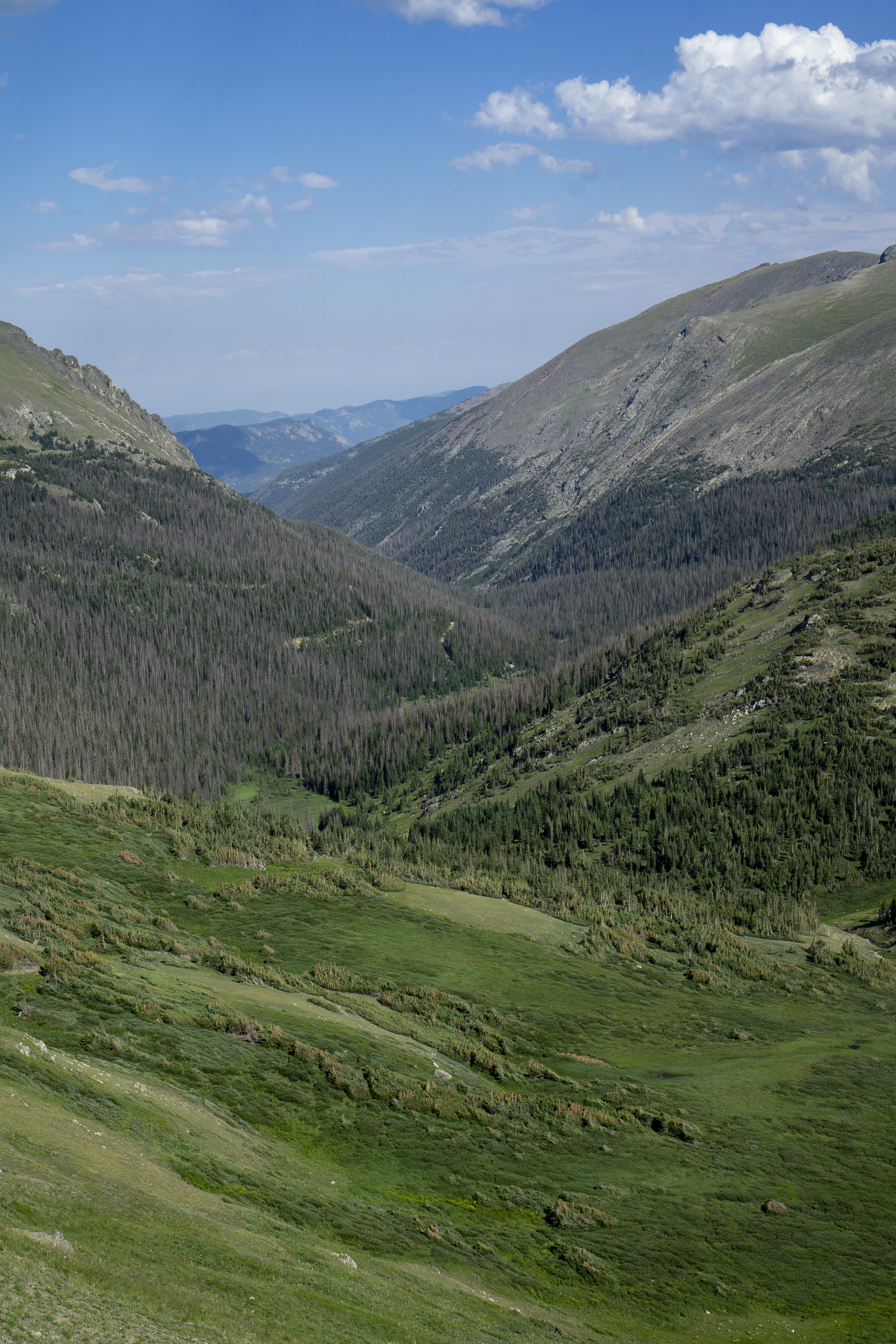
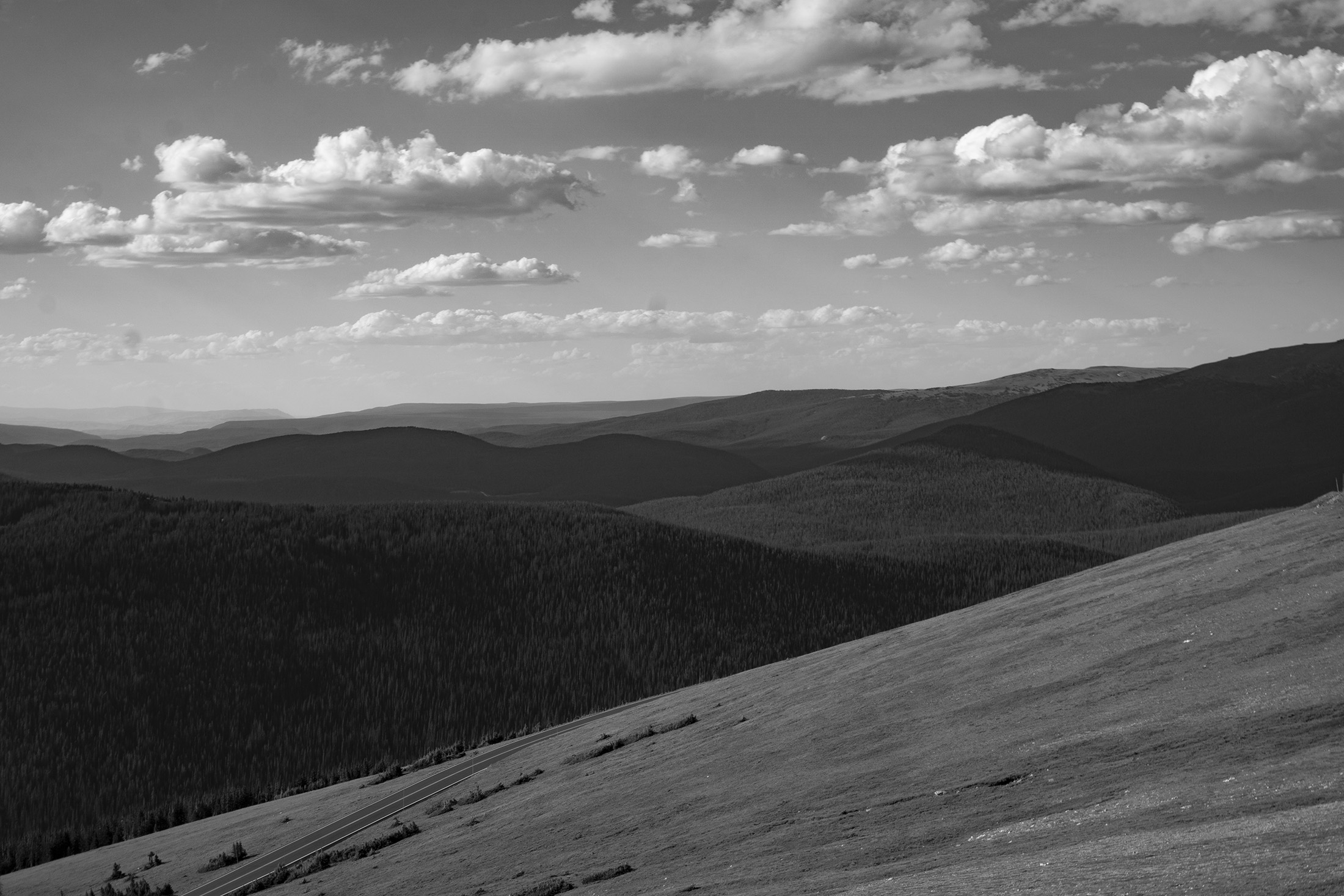
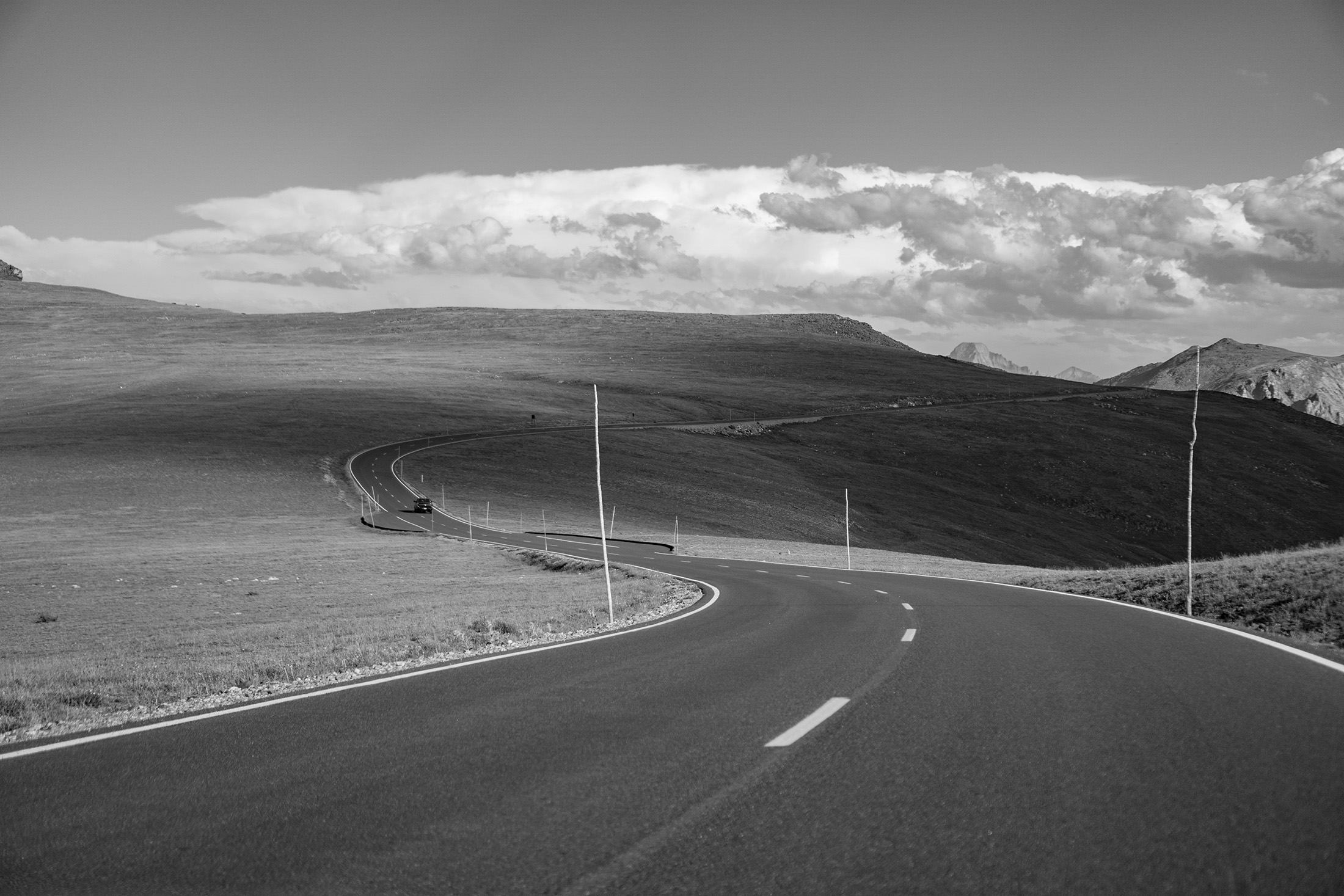
On our drive back down the mountain, from peaktop to valley floor, my admiration for this place grew with abandon. From the turnouts and overlooks, I no longer saw sweeping, giant, picture-perfect. Without moving a muscle, my imagination filled in the gaps, zooming me in close, from macro to micro. I now saw the individual elements, bits of life and moments of history that together make the Park what it was and what it’s become.
As we hurtled back toward the entrance, I noticed the low-leaning sun beginning to pull long spruce shadows onto the forest floor. Thick-barked elders waved us along our retreat back to Meeker Park, the sapling spirits housed within them twinkling at us in the afternoon light. This return trip to the Park taught me to see on multiple timescales at once: geologic, human, and the in betweens. It taught me to slow down, and kneel low, to look for what’s hidden but there, and to find what’s long gone and what ashes remain.
I saw so much, and learned so much, and felt so connected to this incredible place. And it’s possible that there really isn’t much to say about Rocky Mountain that hasn’t already been said. But maybe there’s nothing wrong with that. Maybe there’s nothing wrong with repeating this simple, unfailing truth: it’s amazing.
